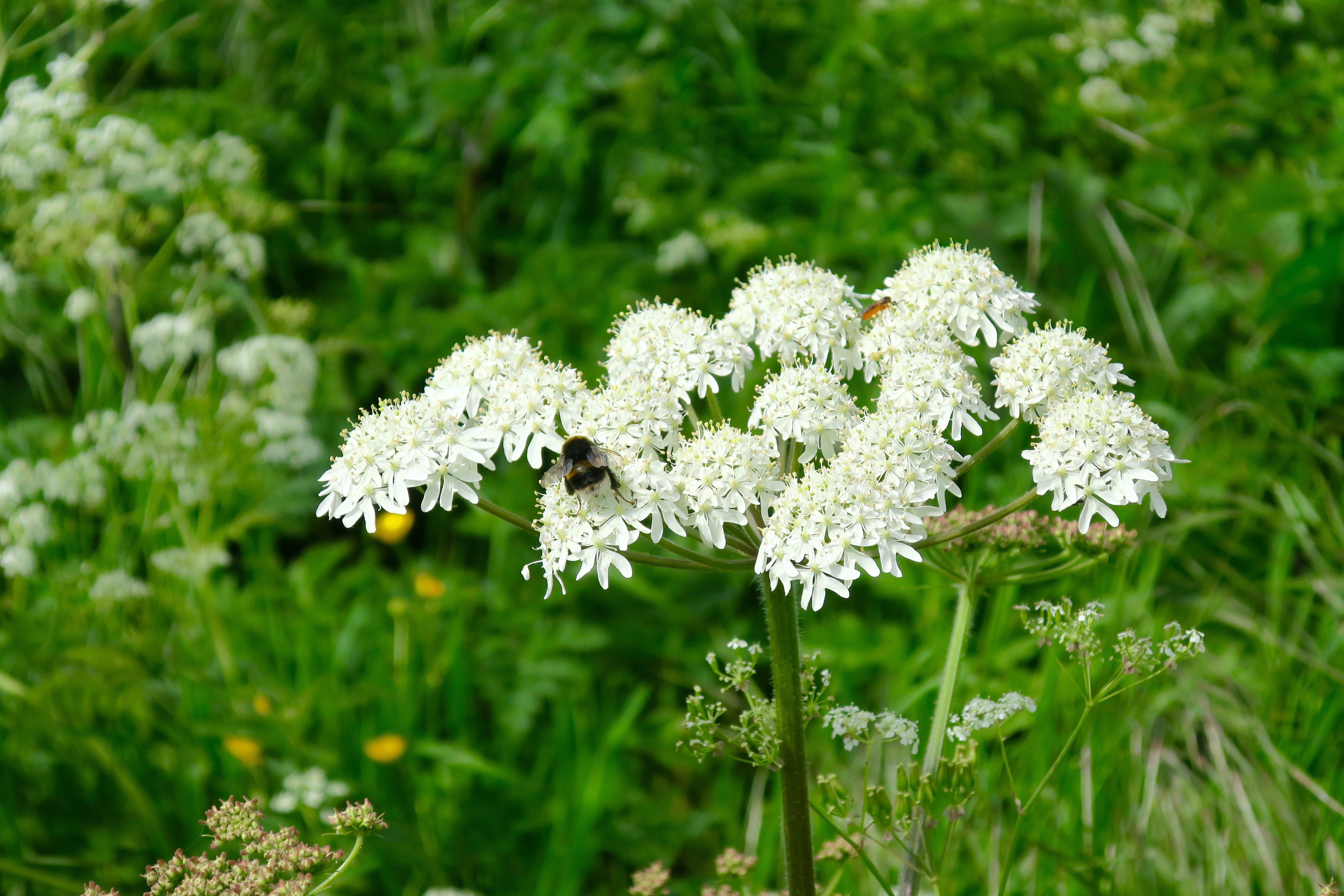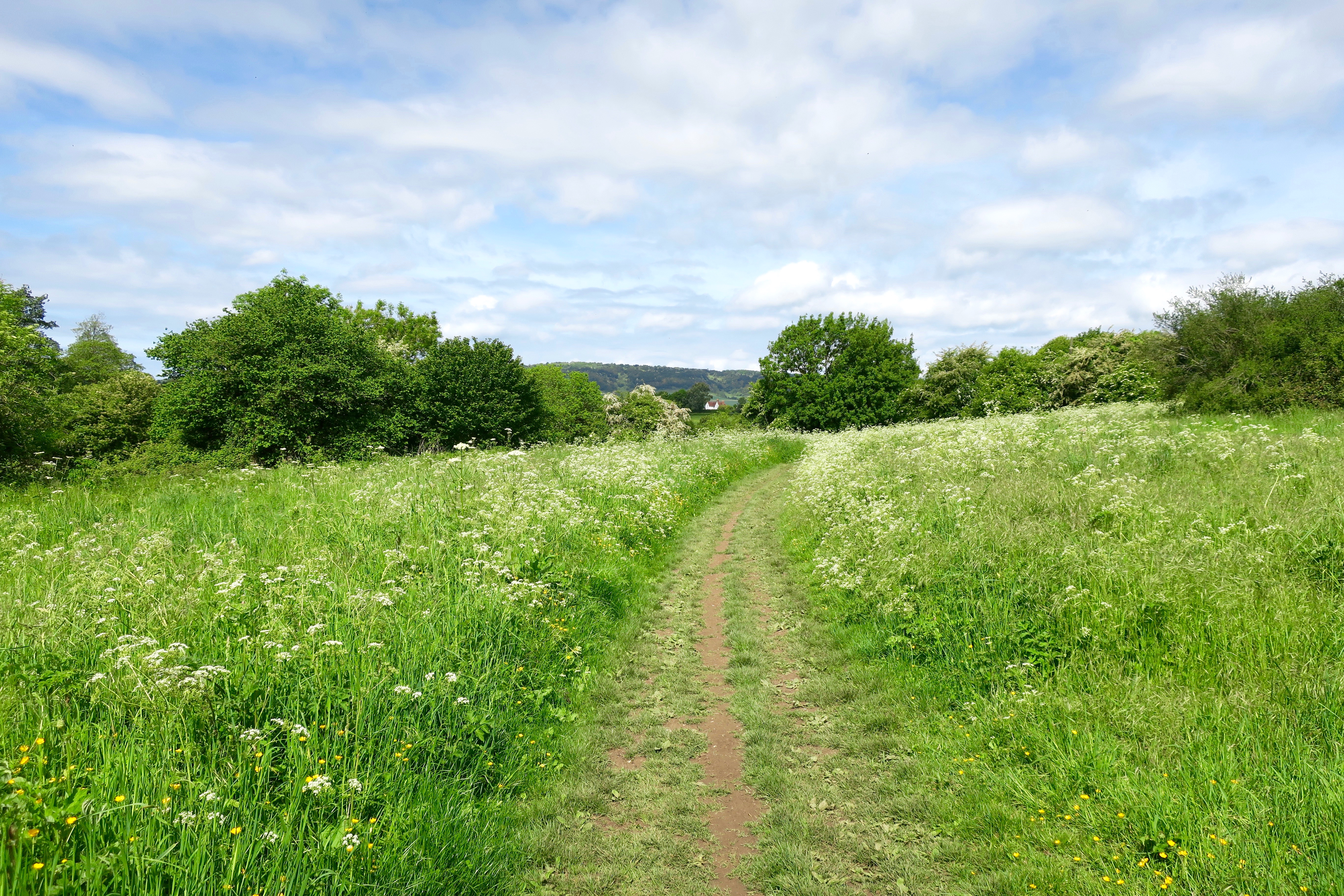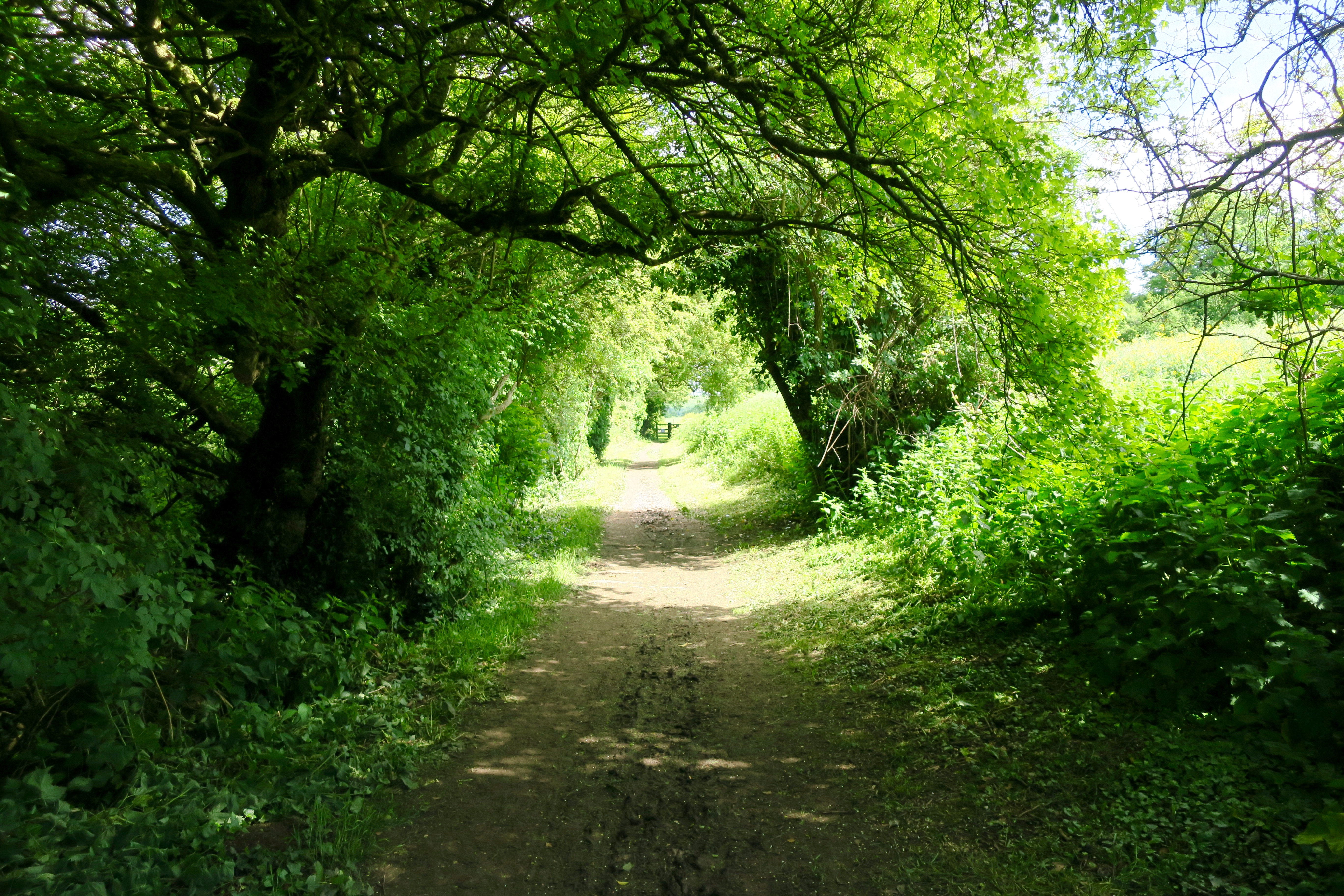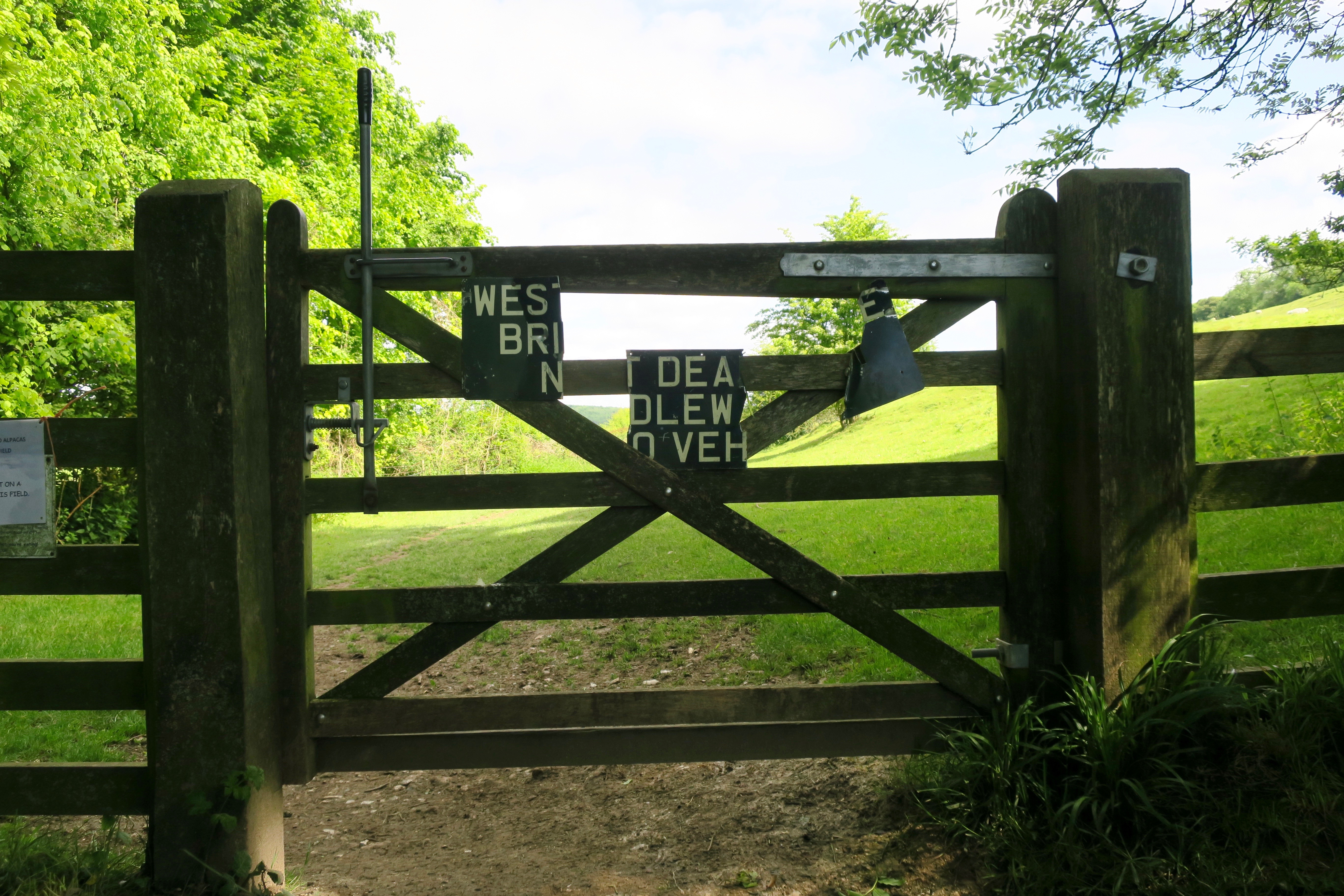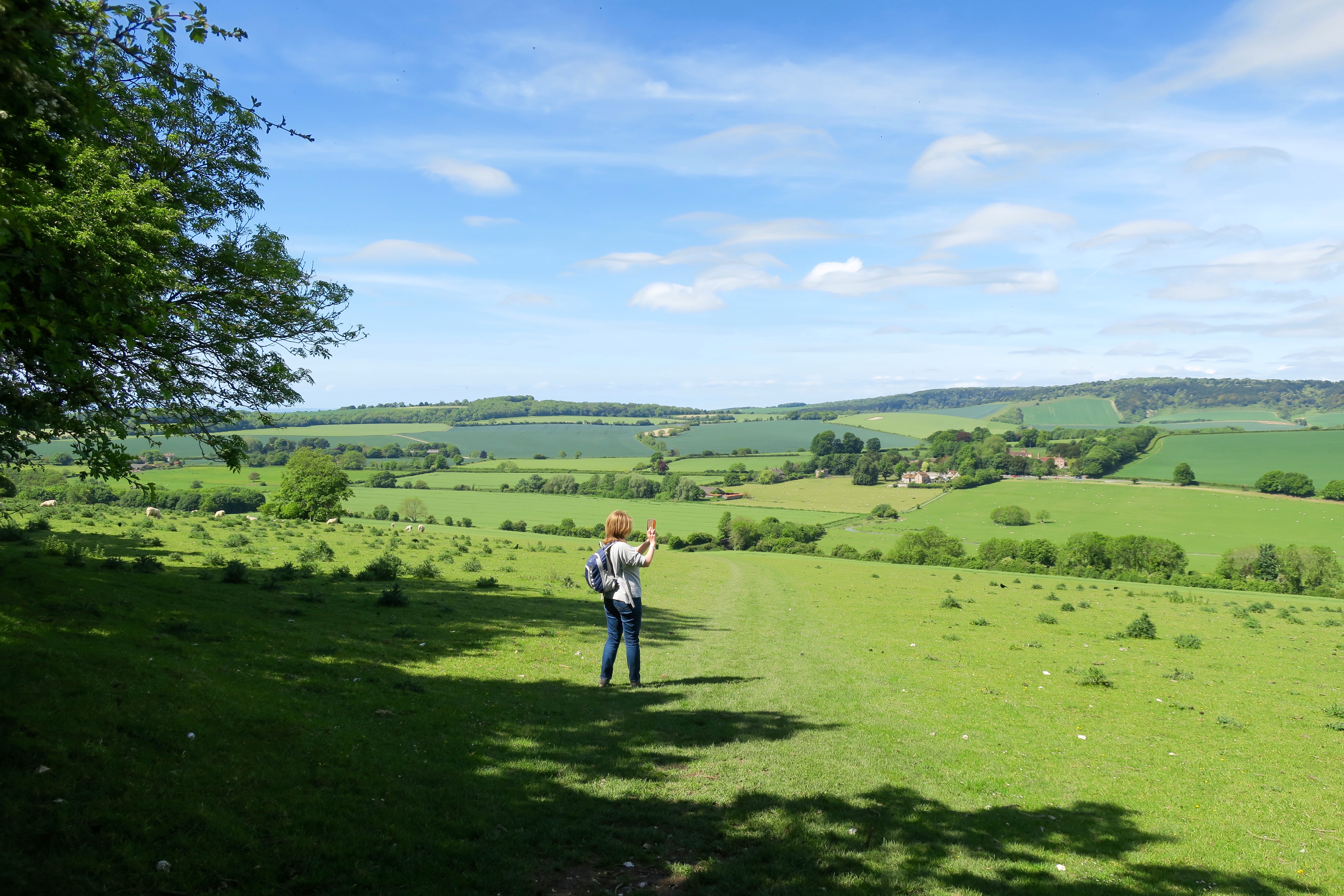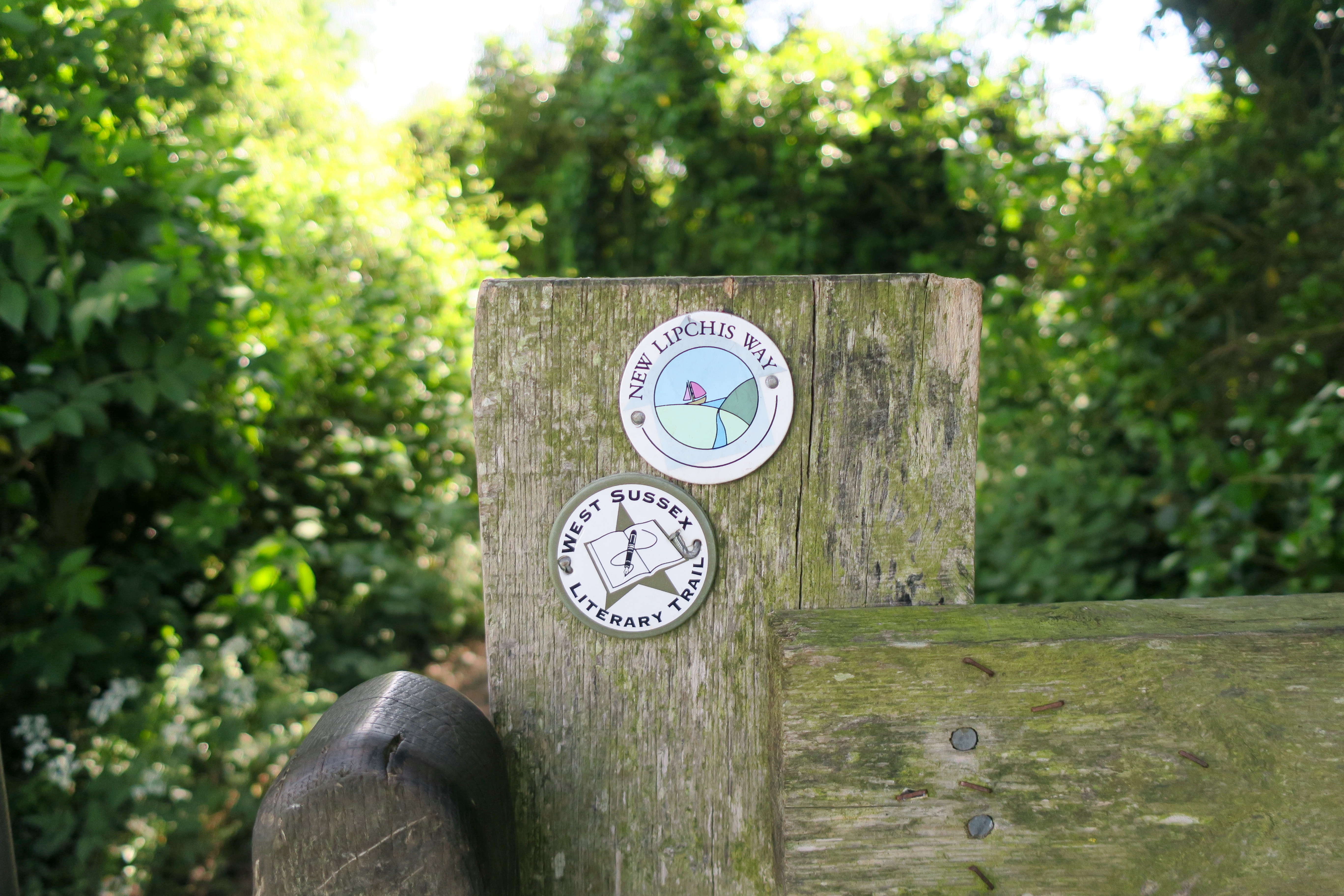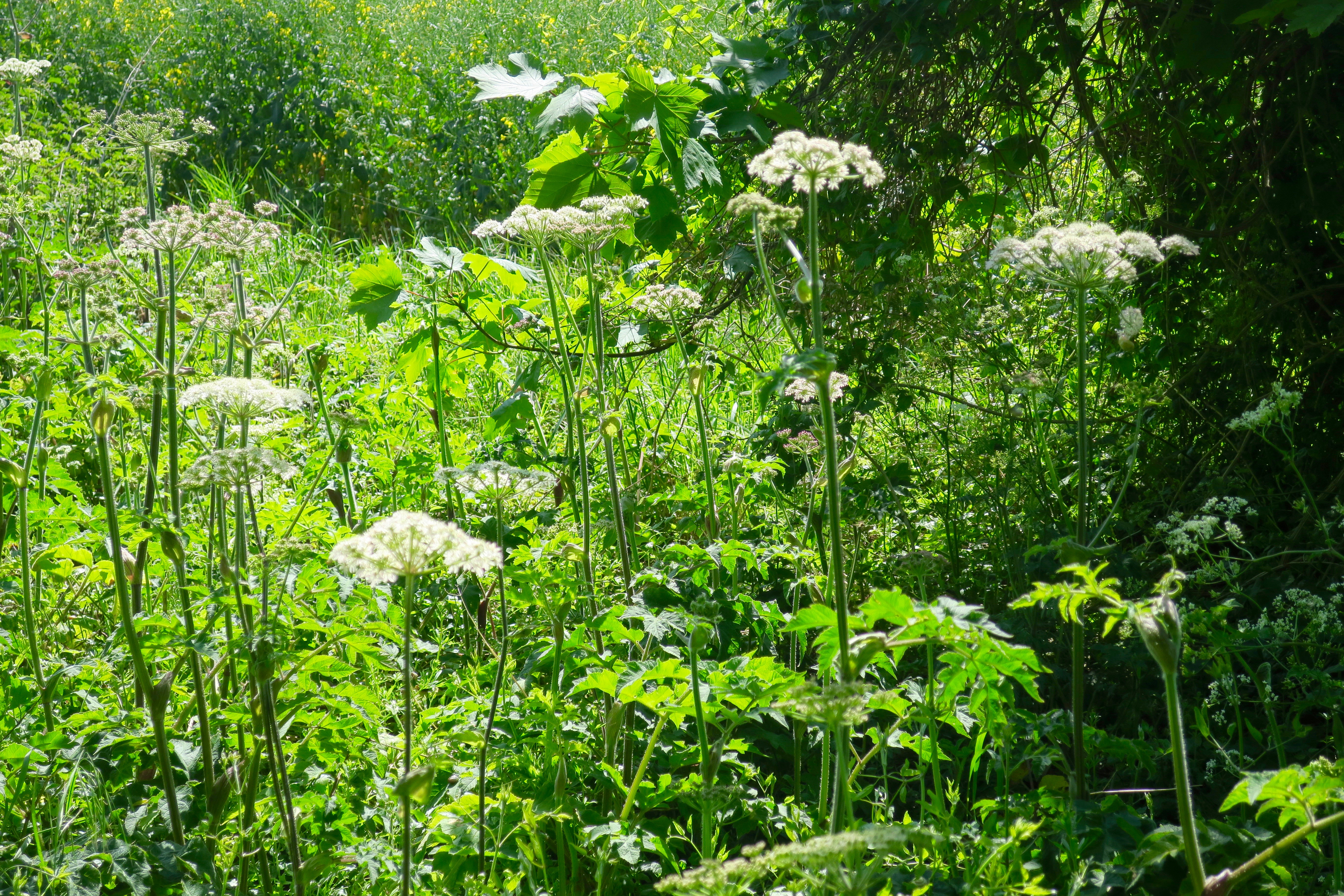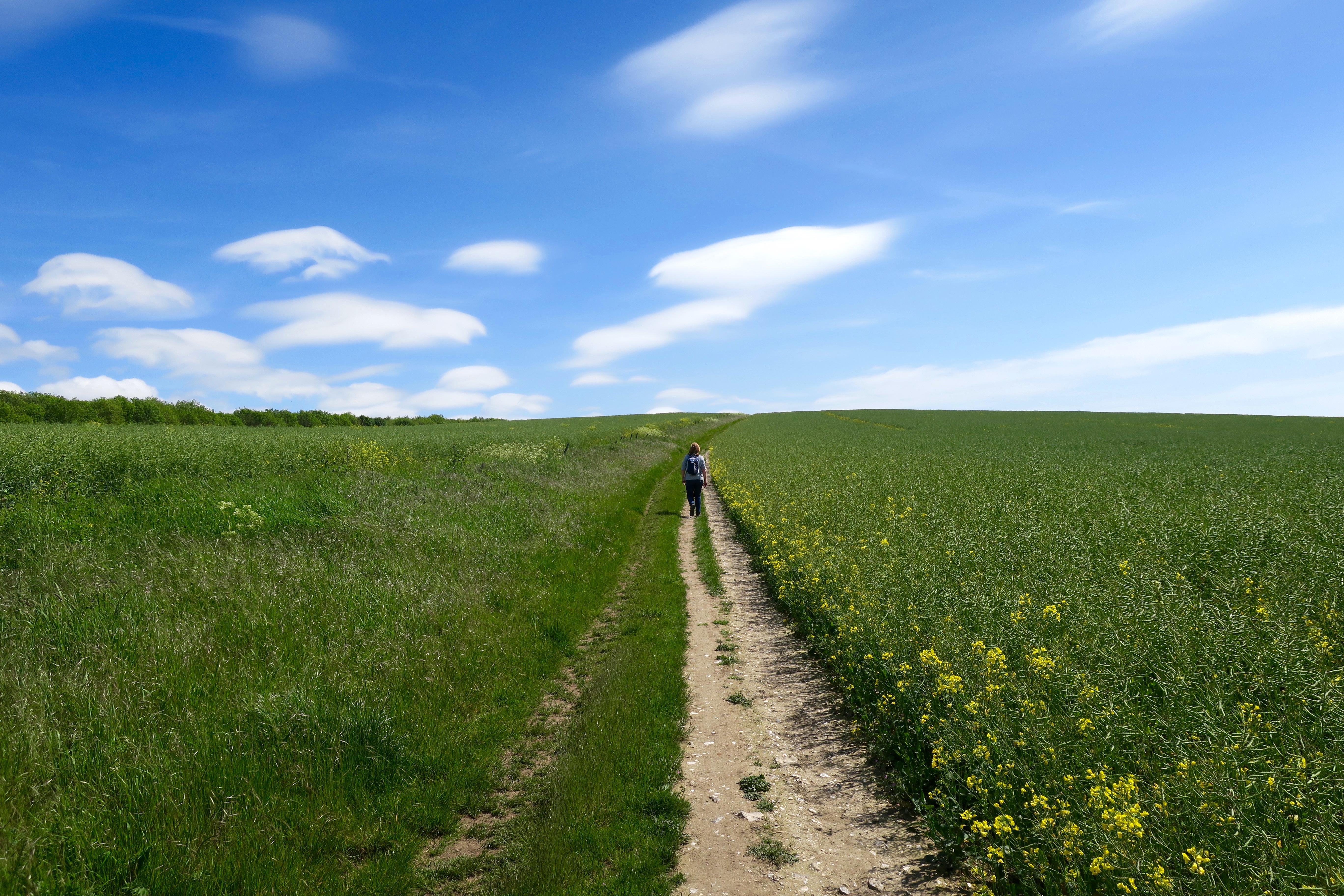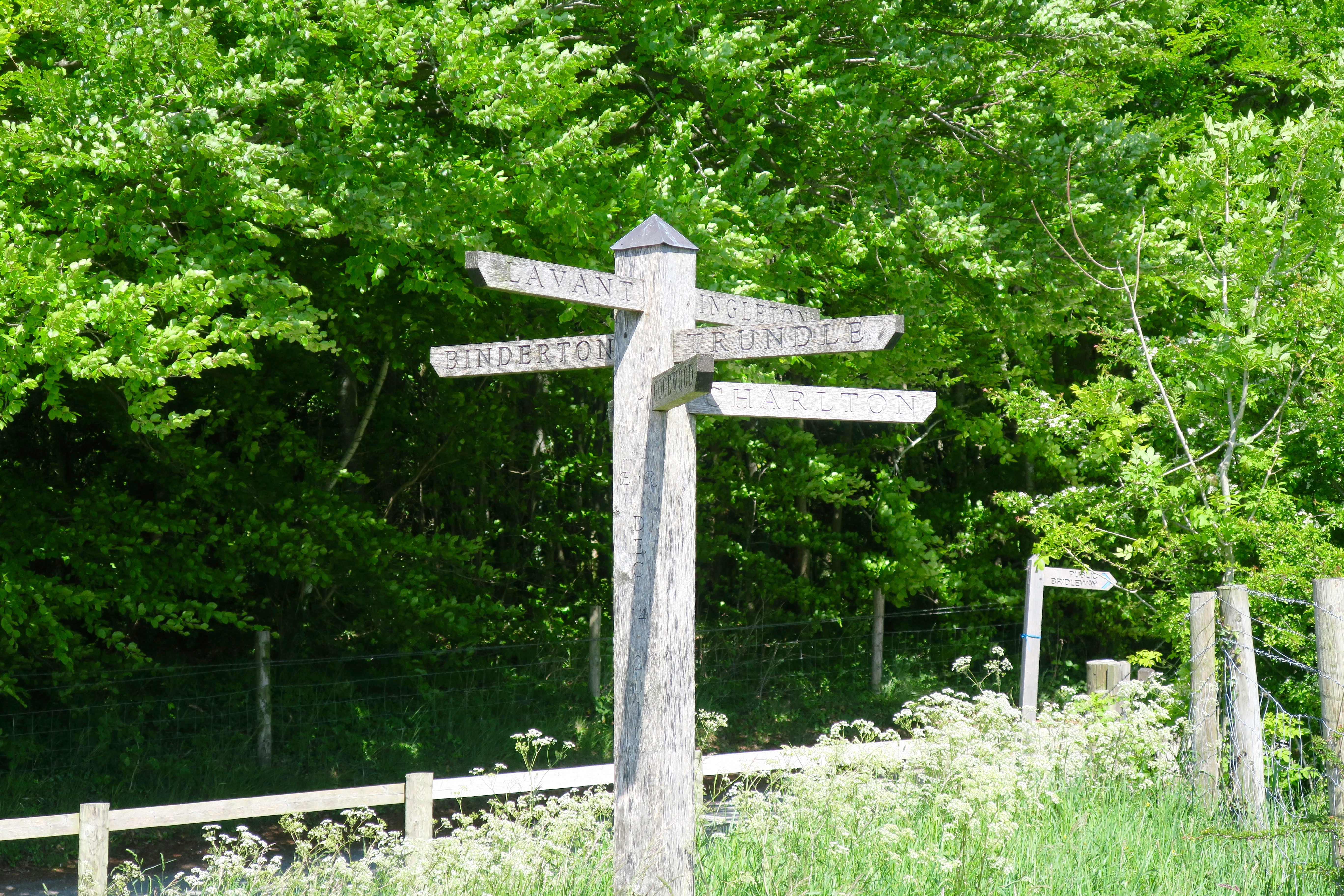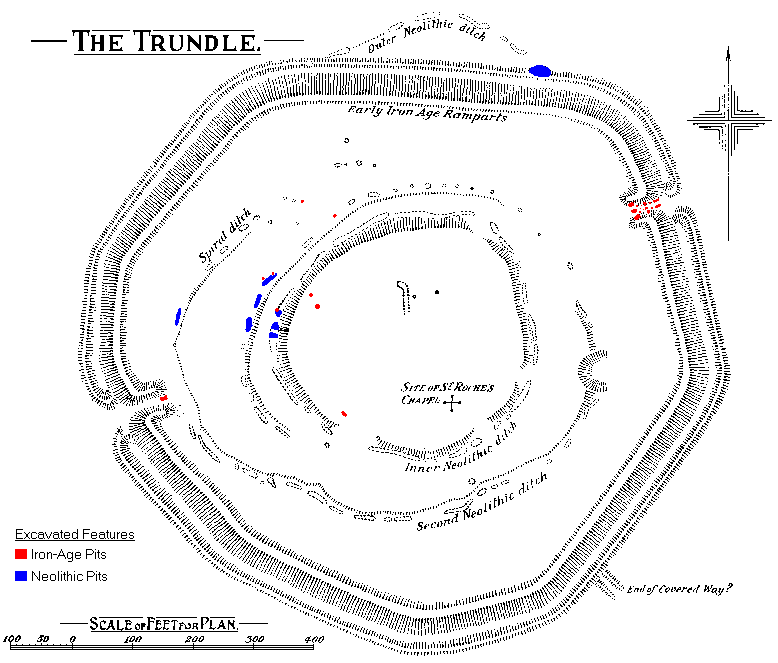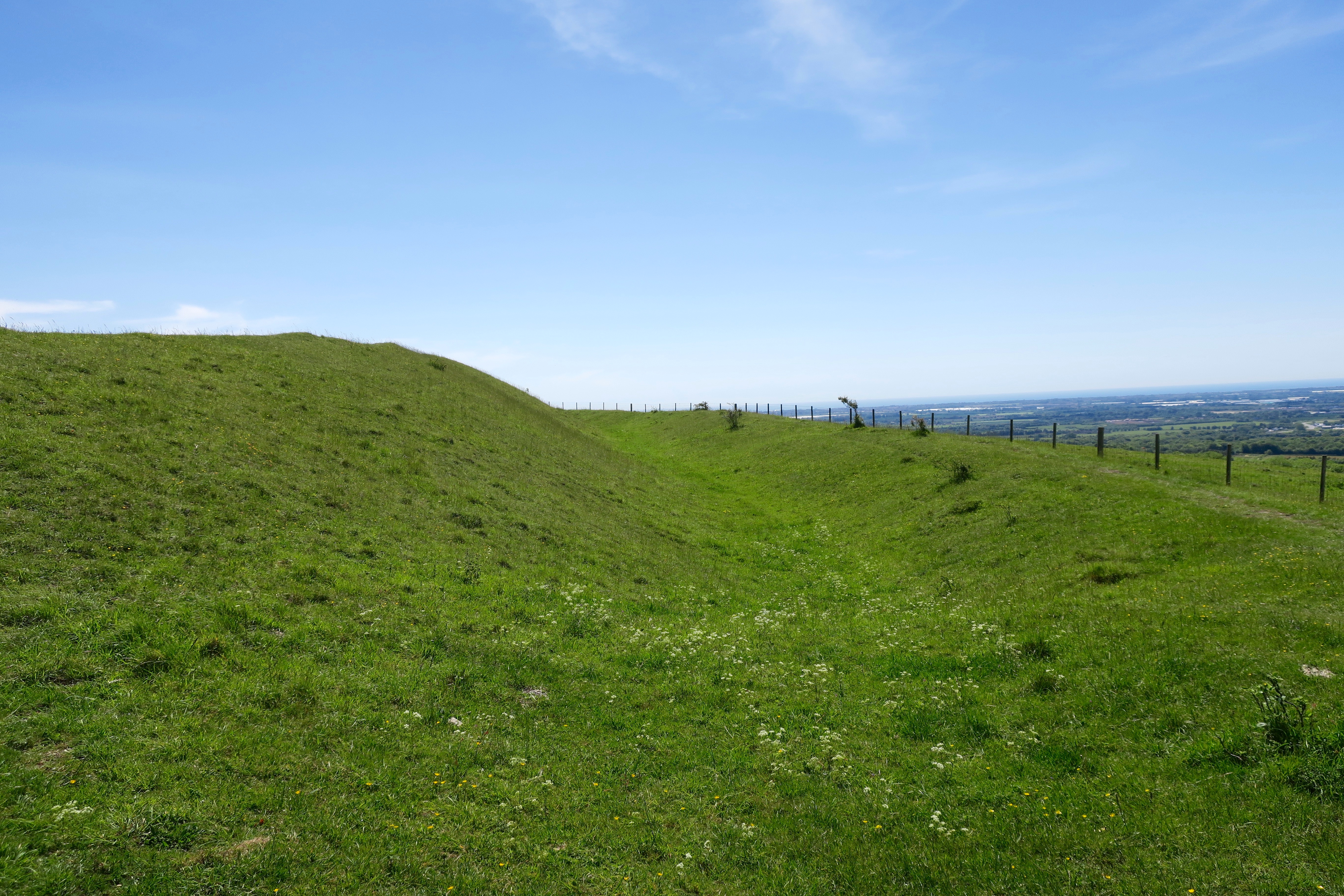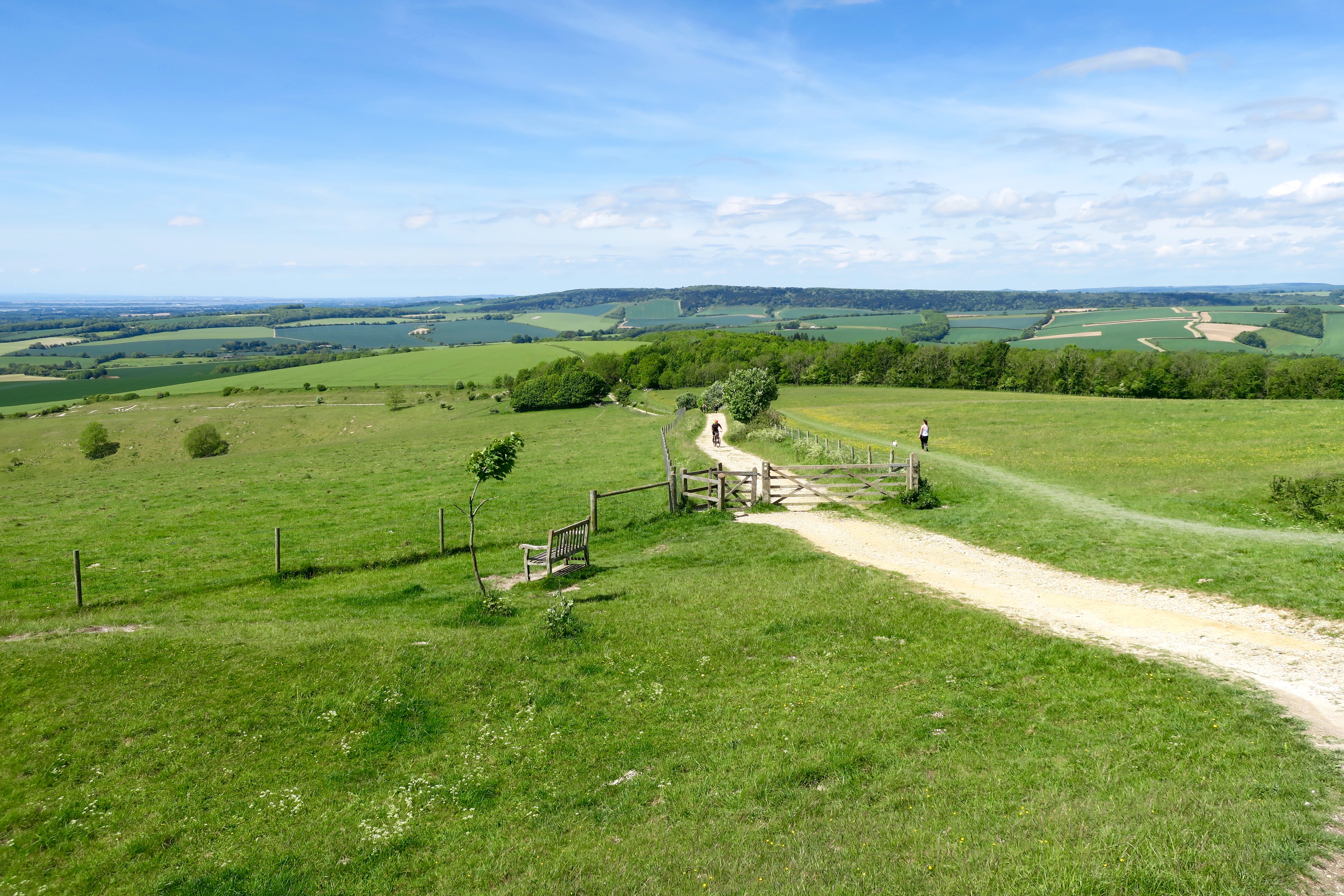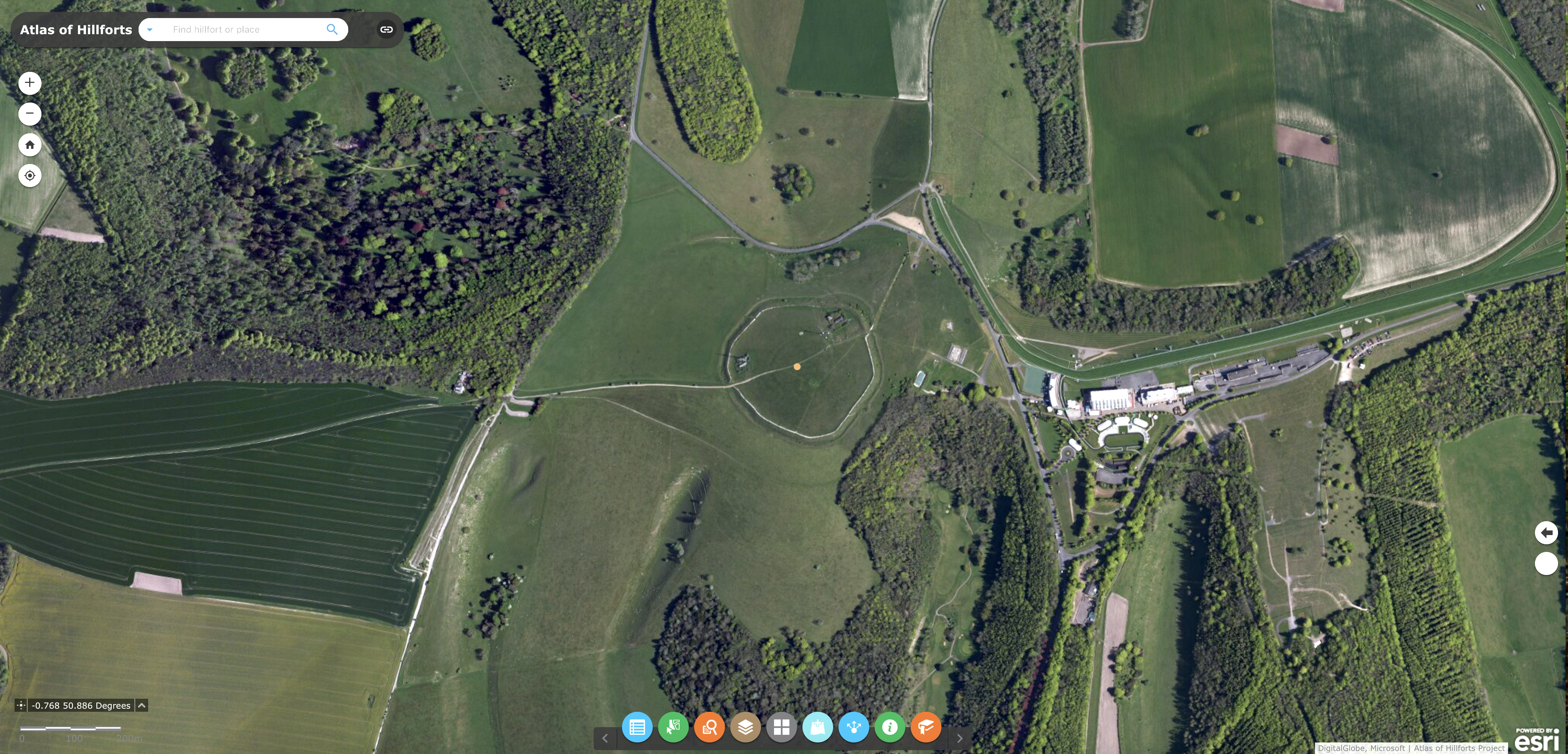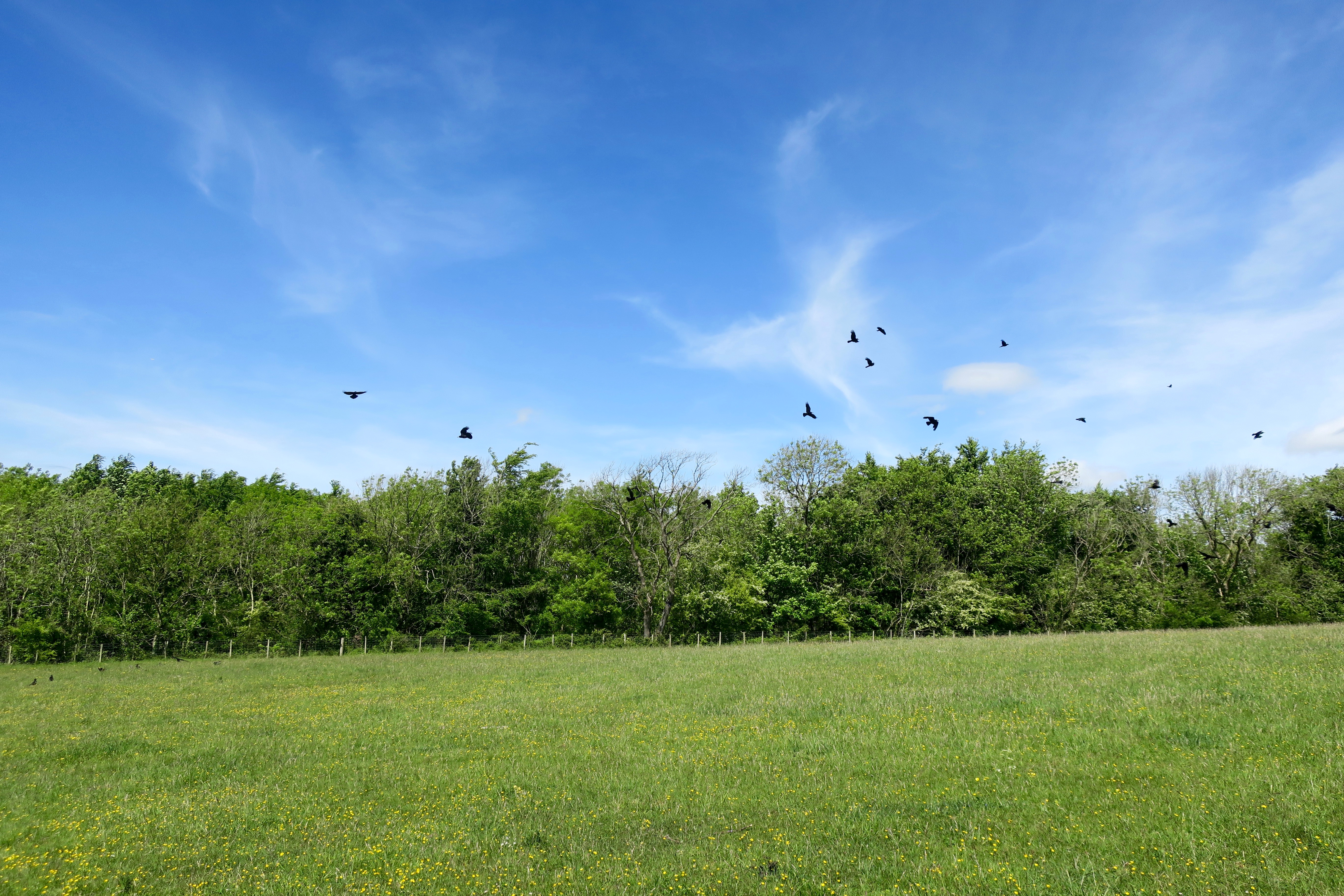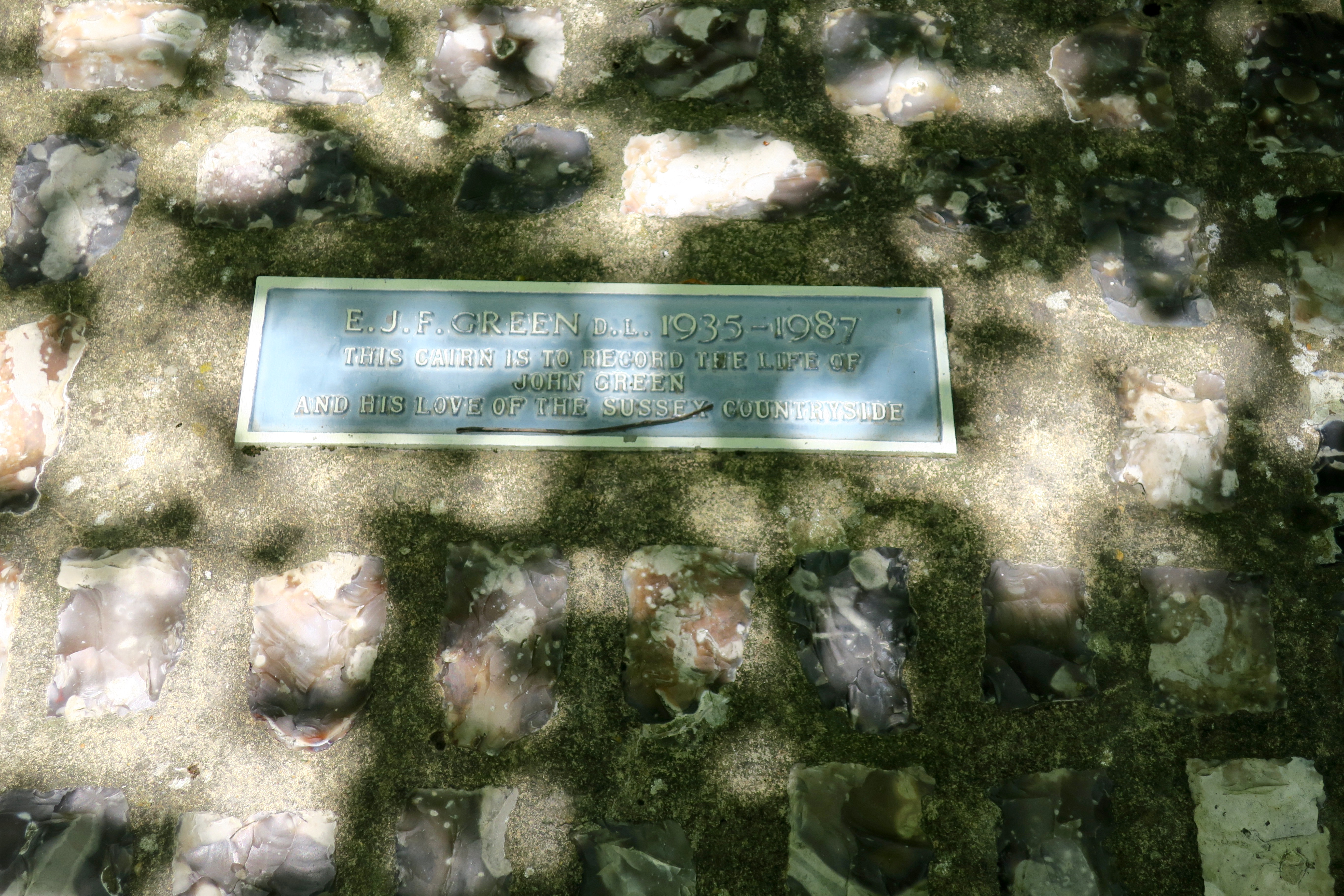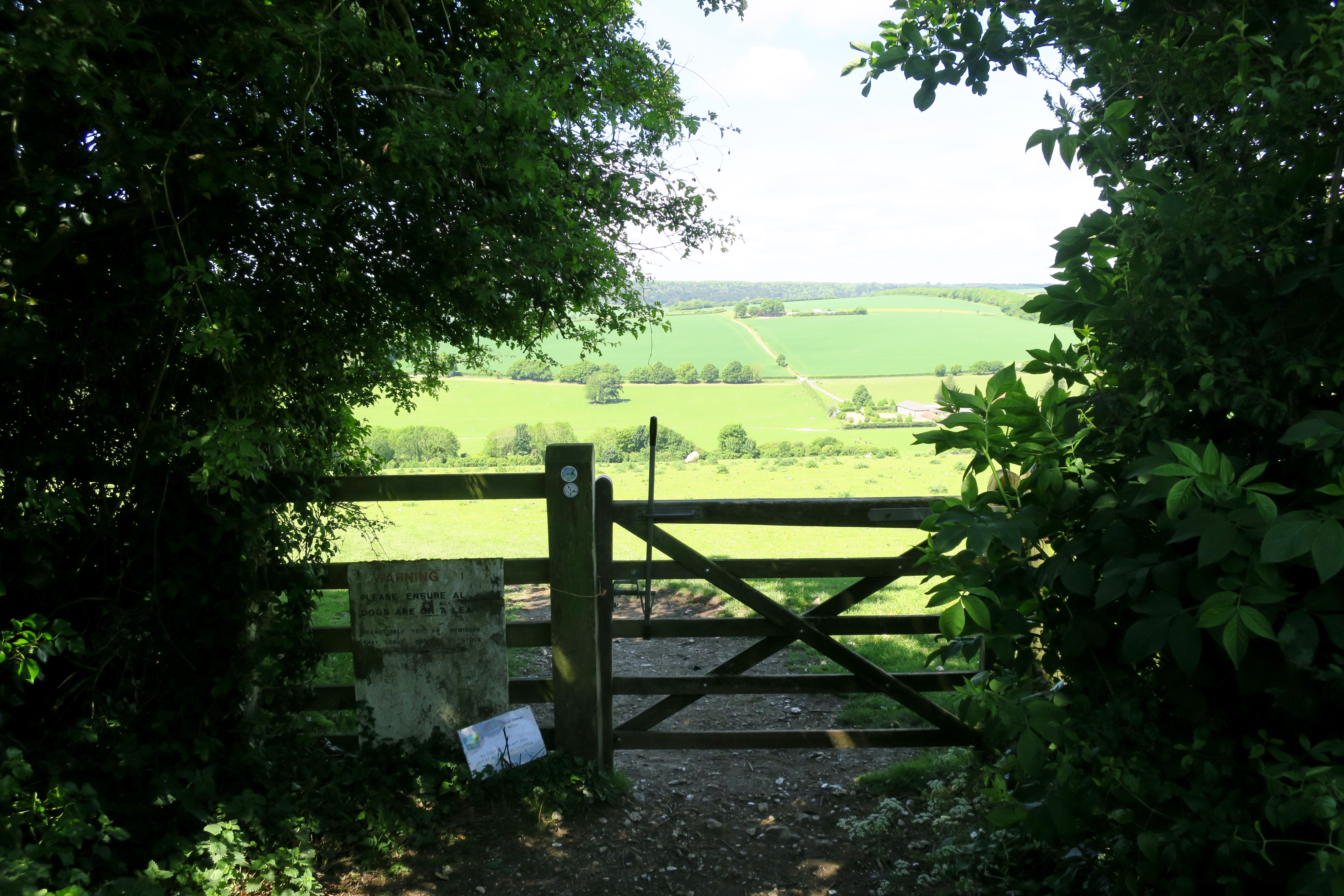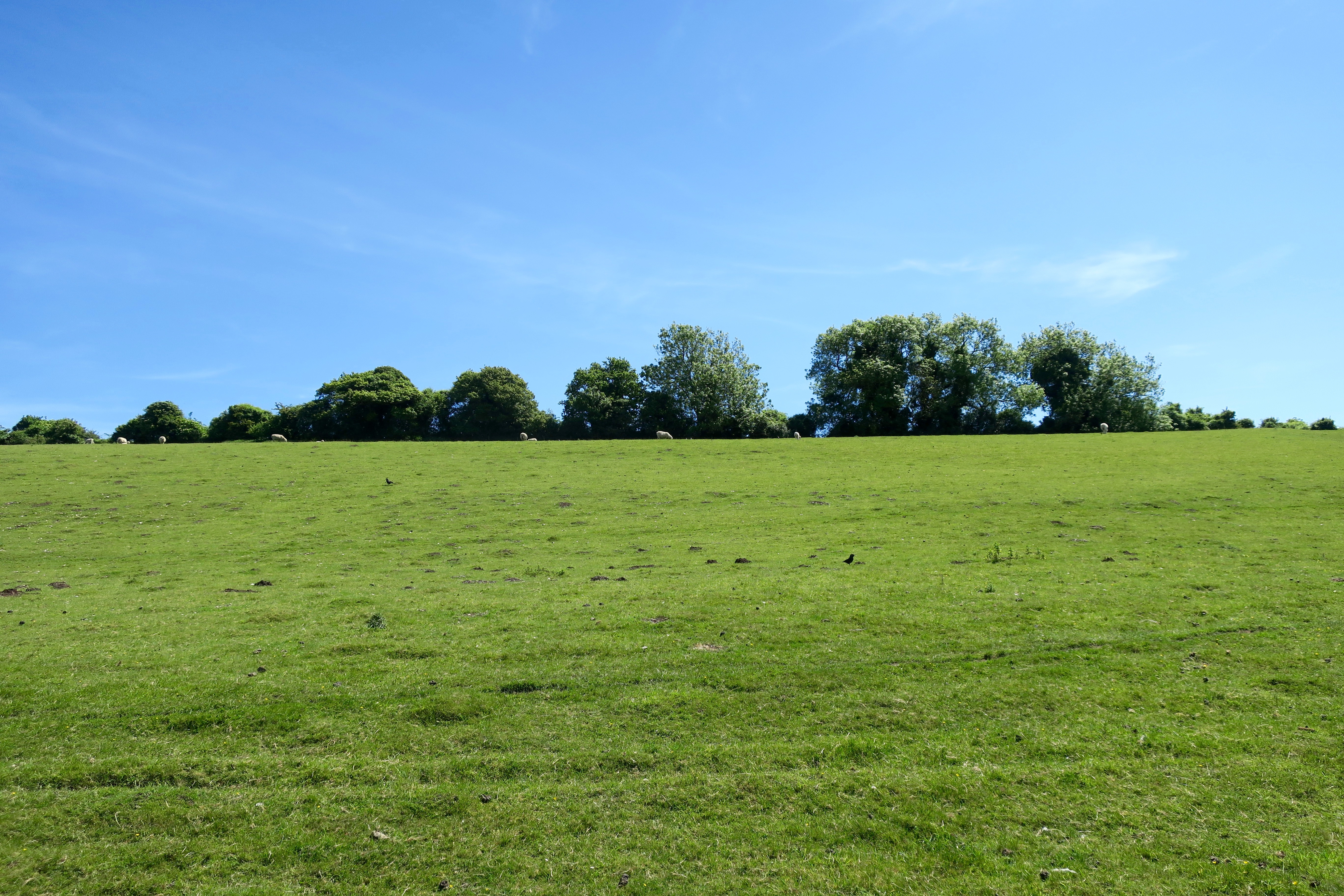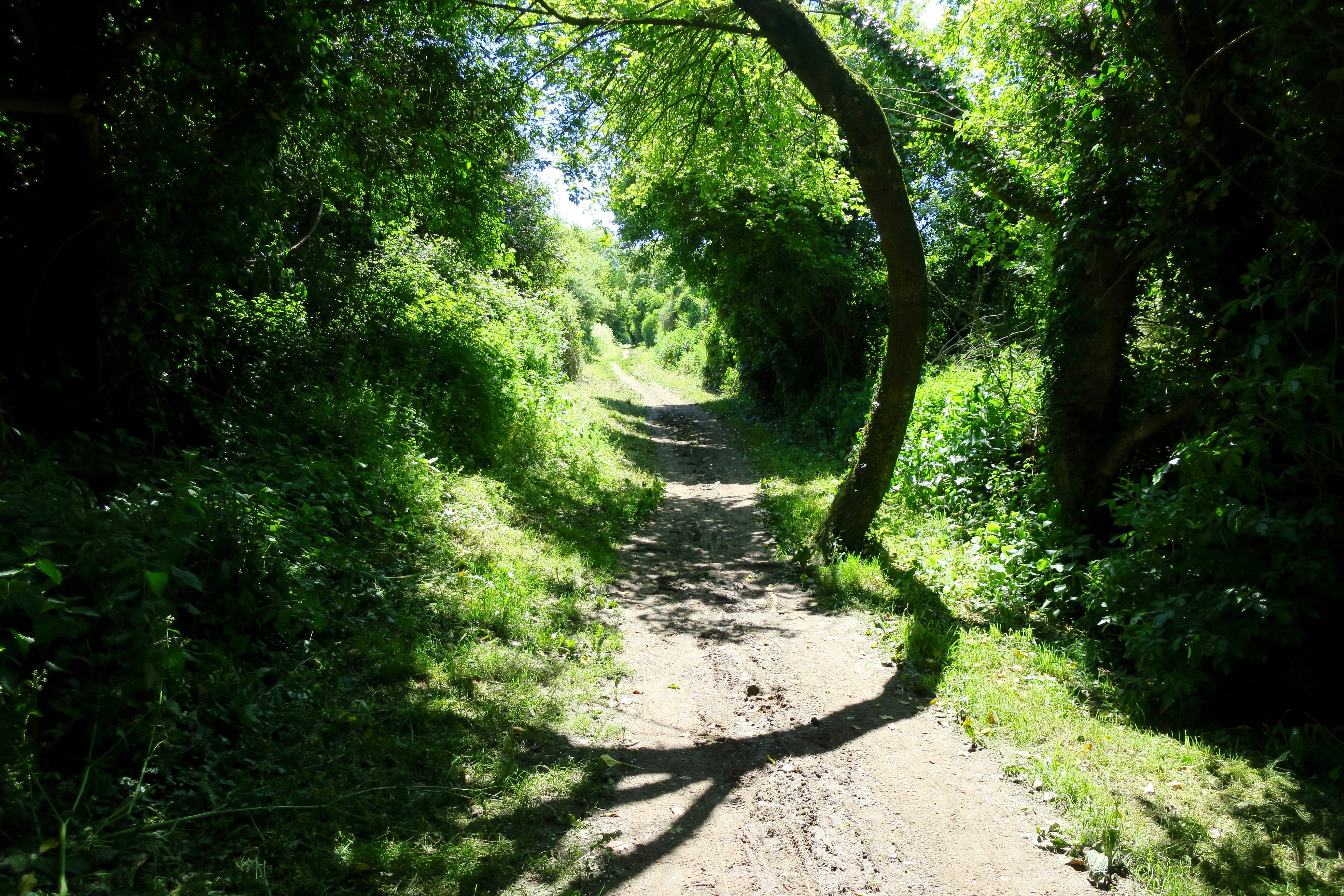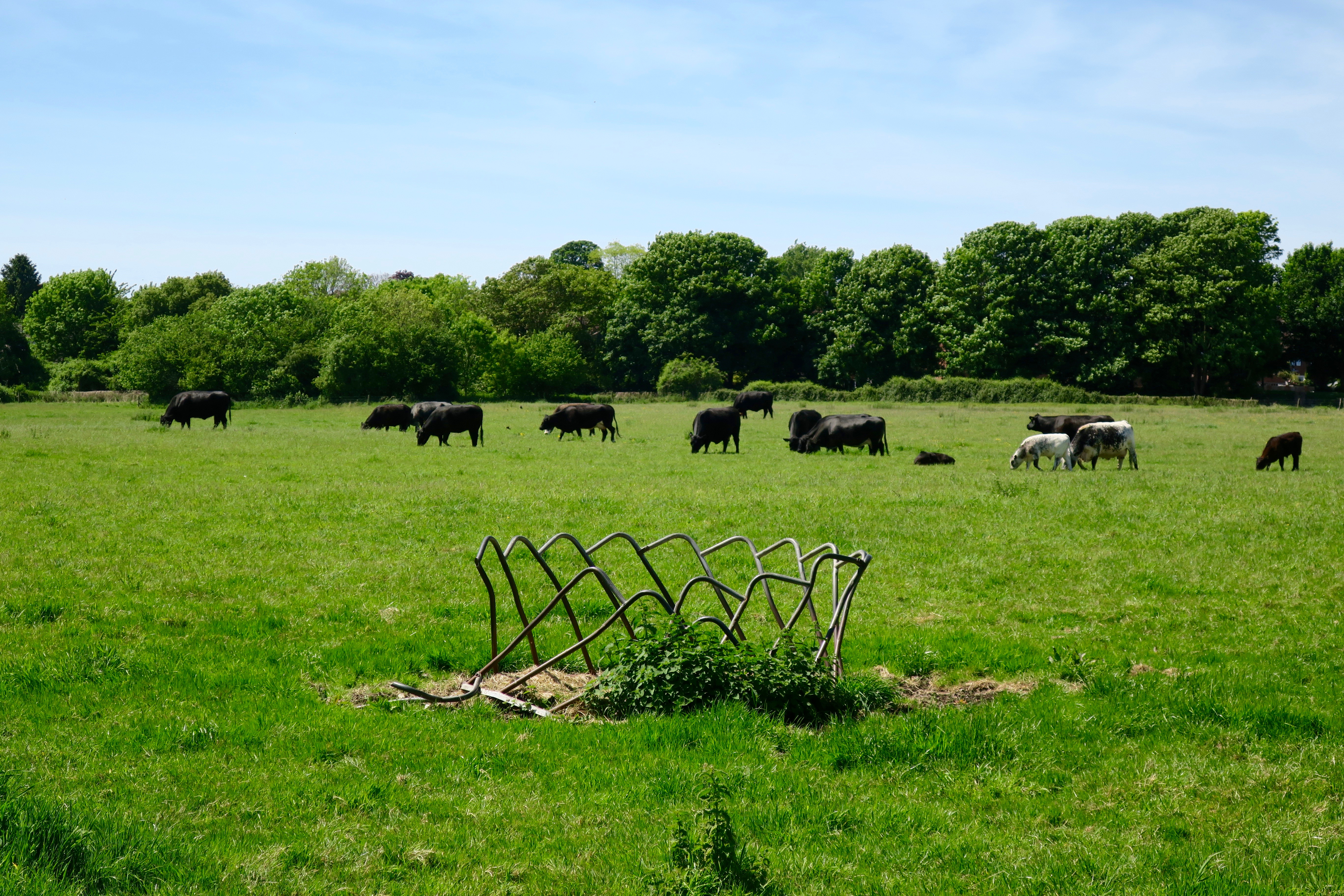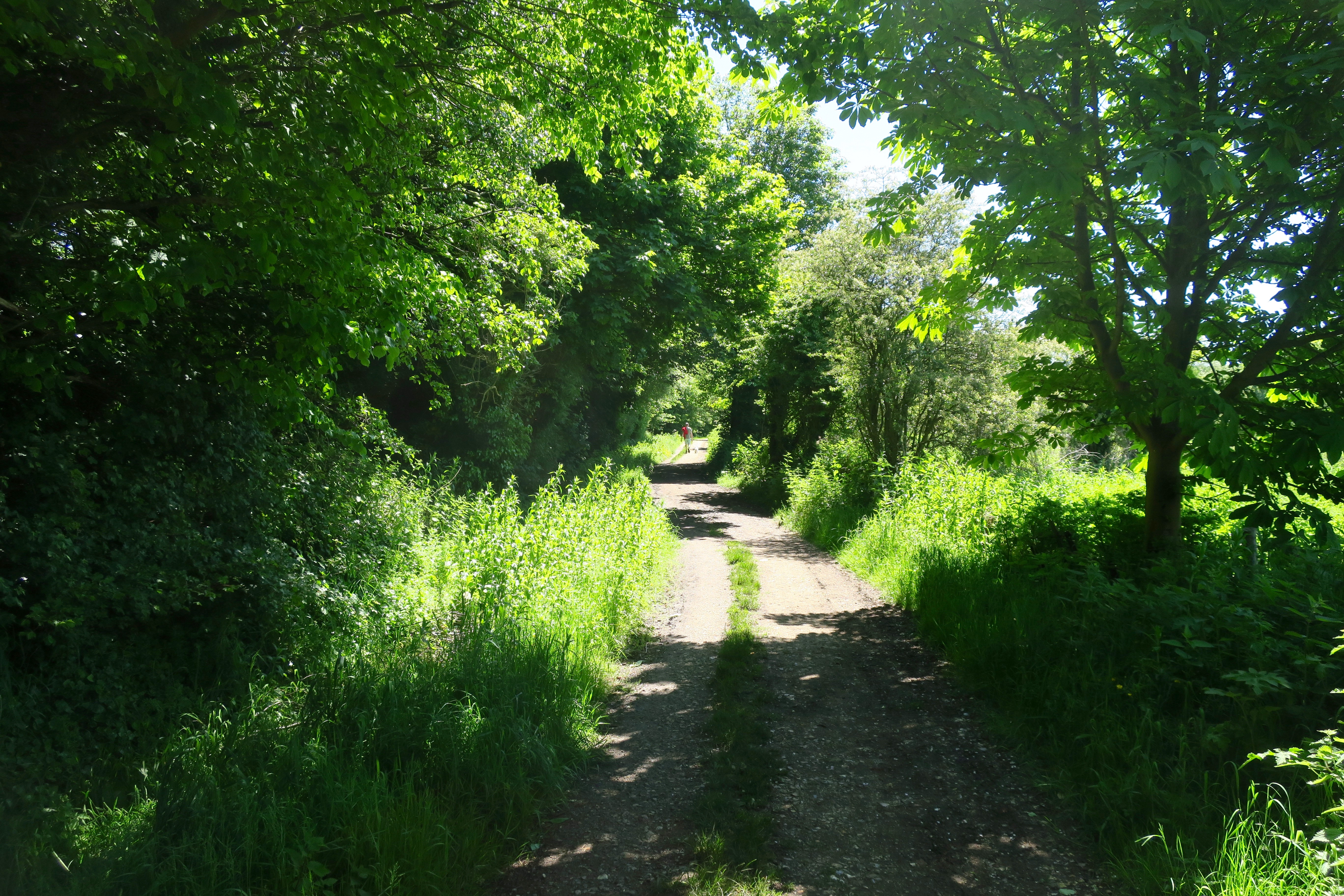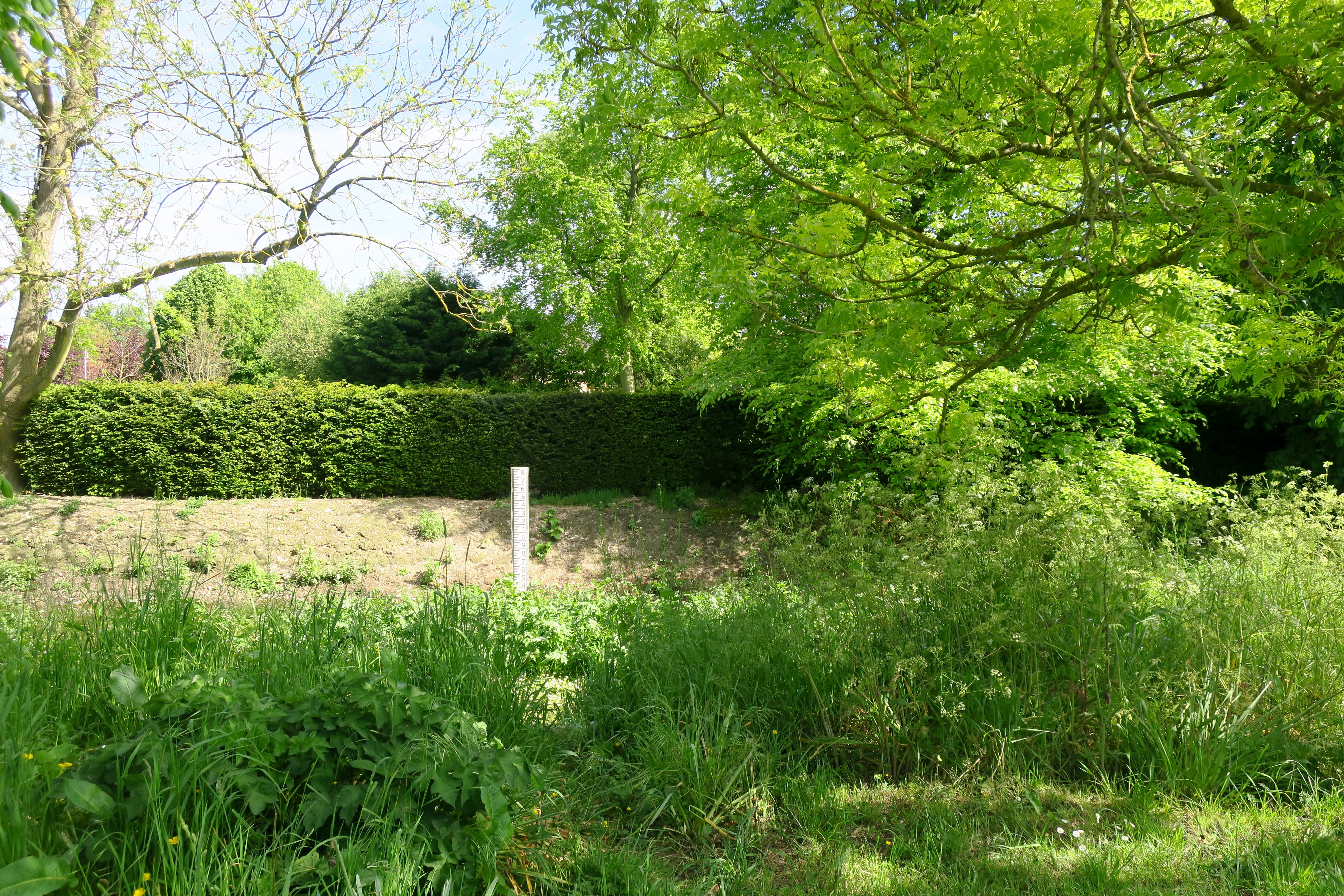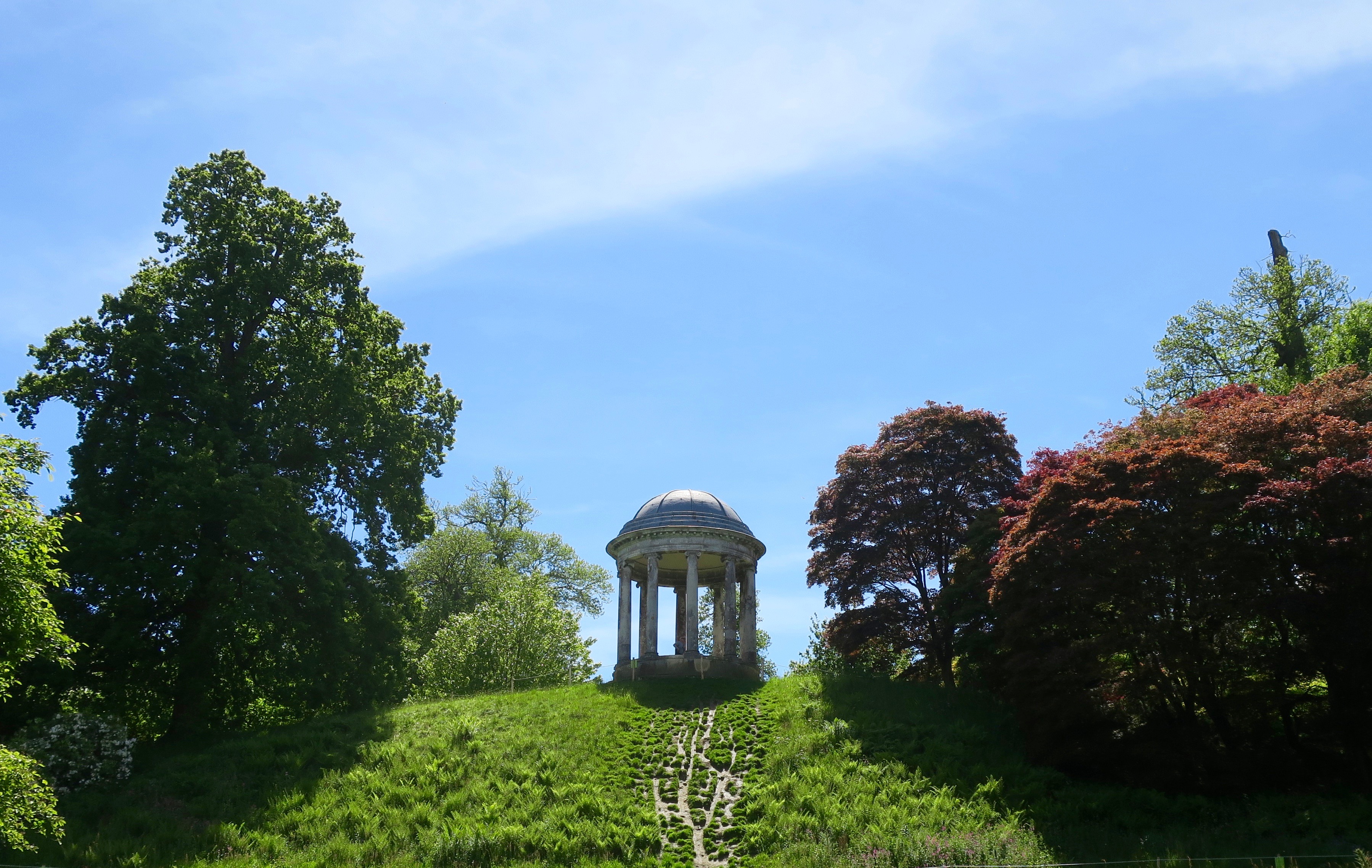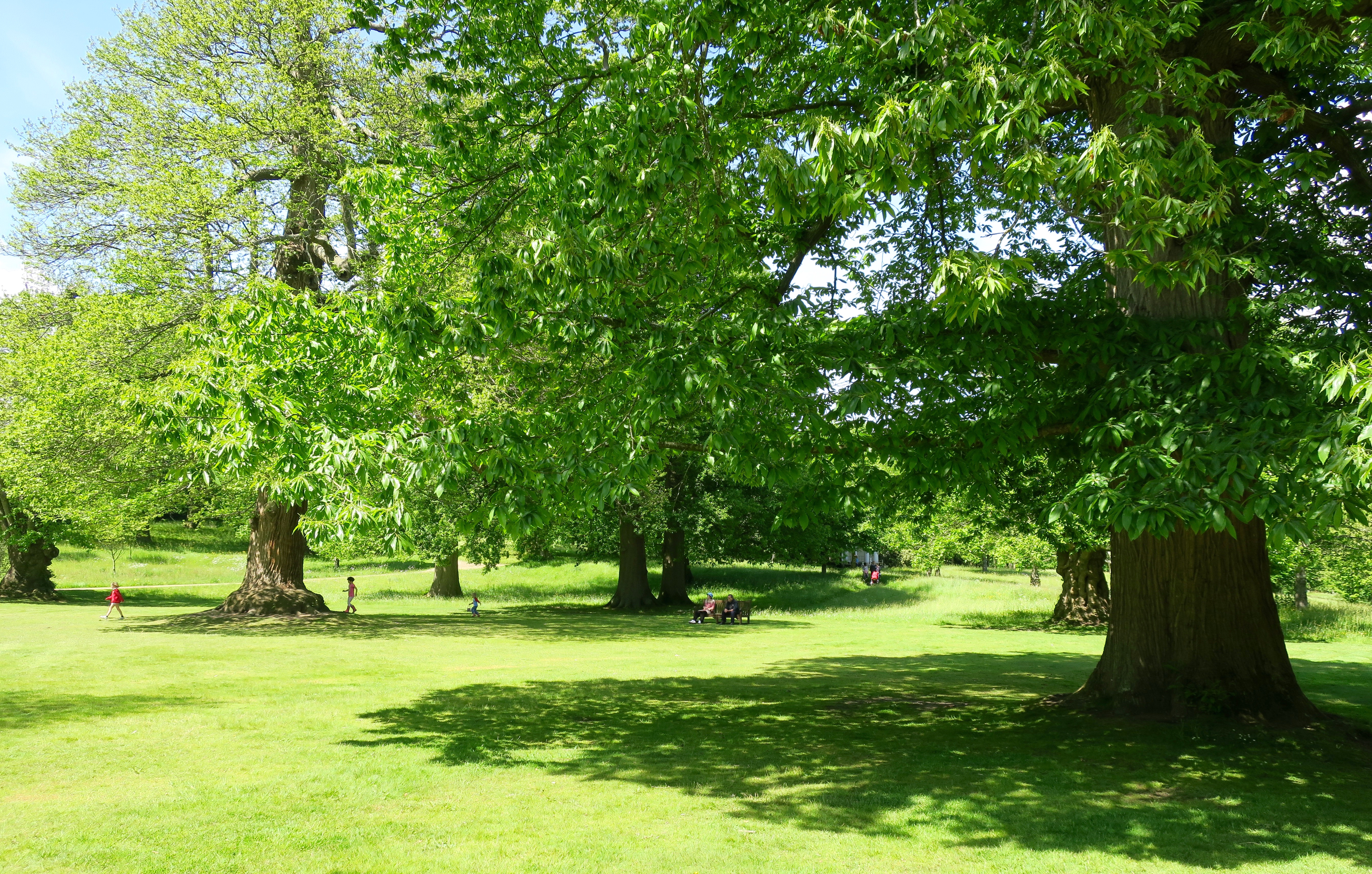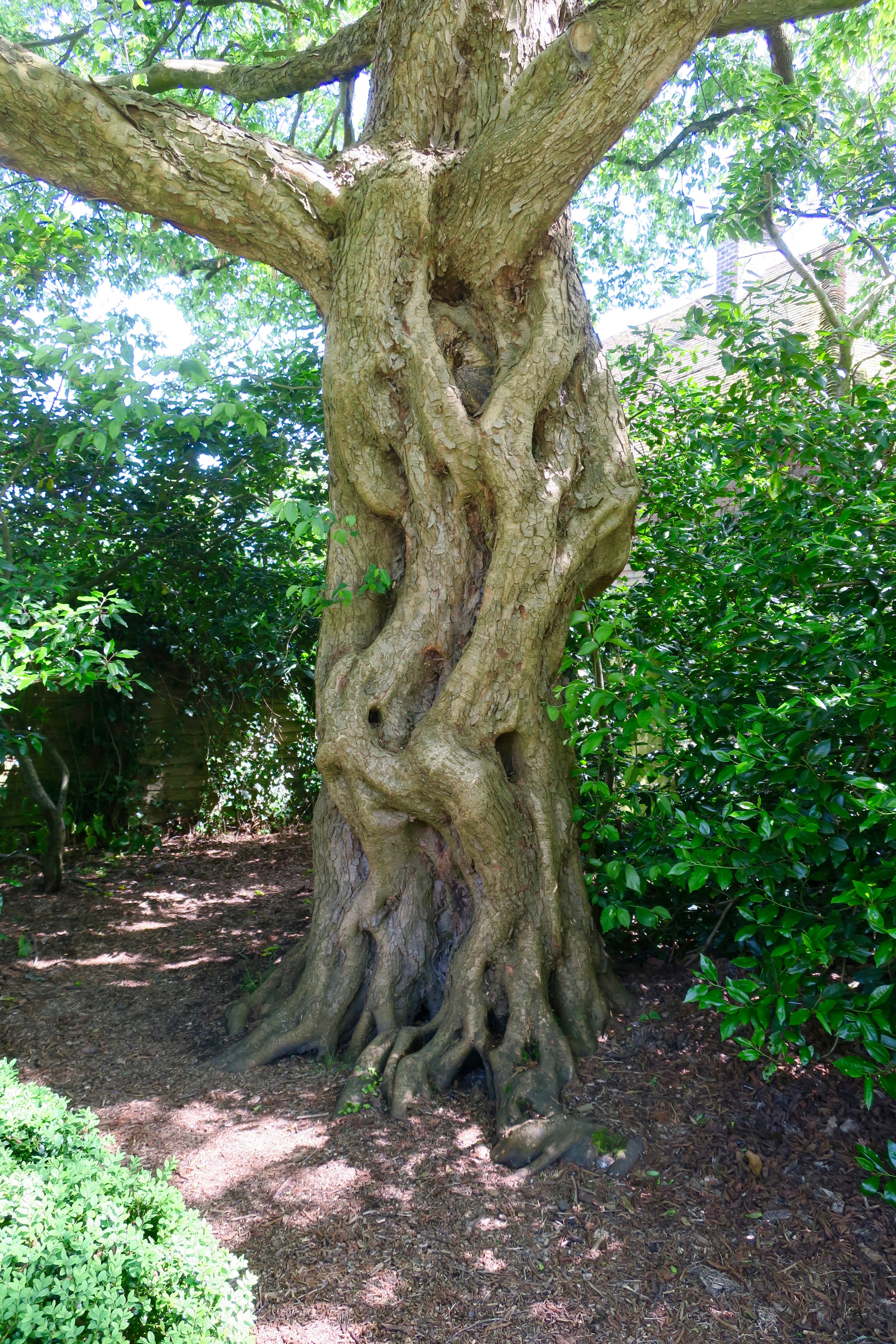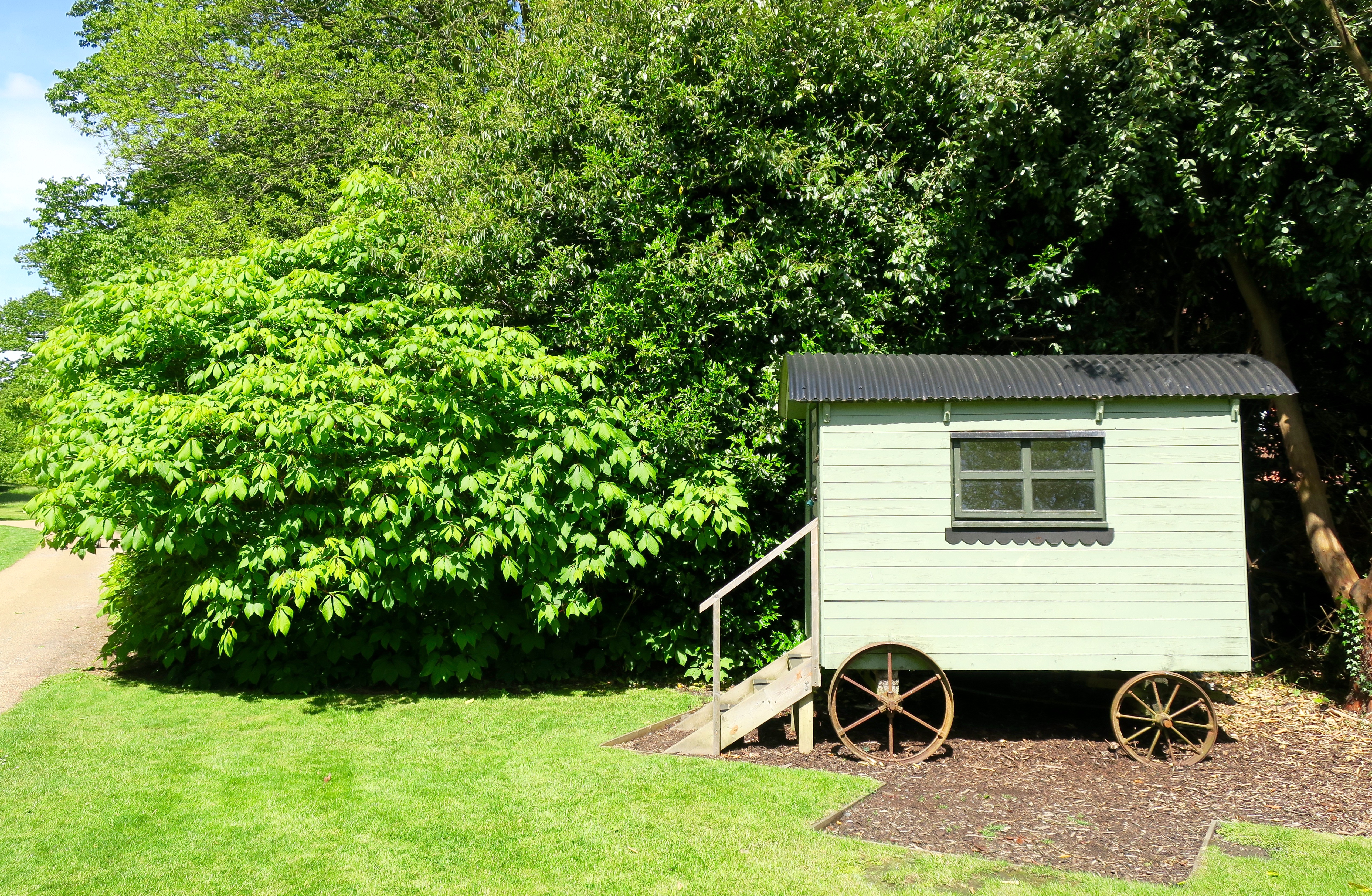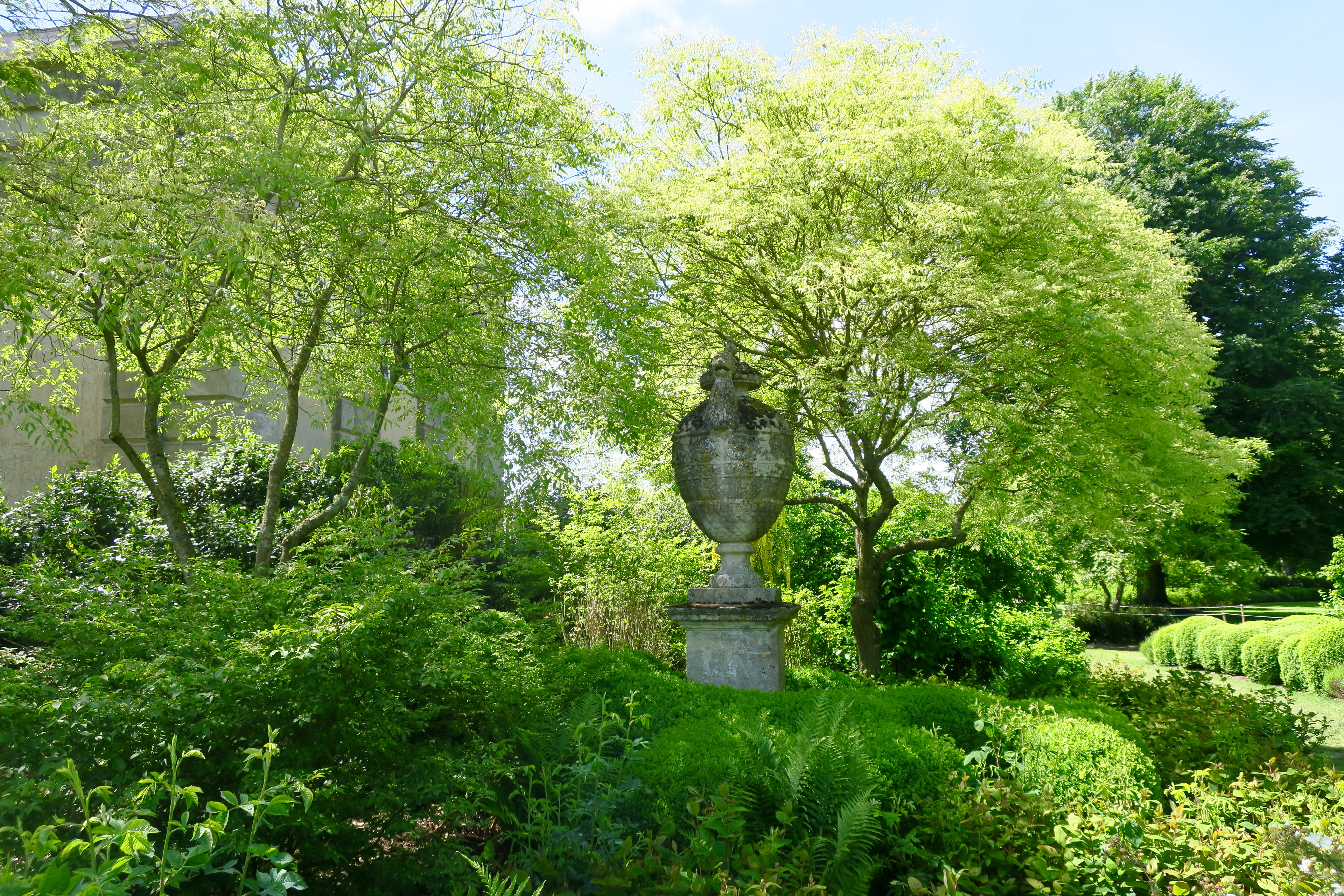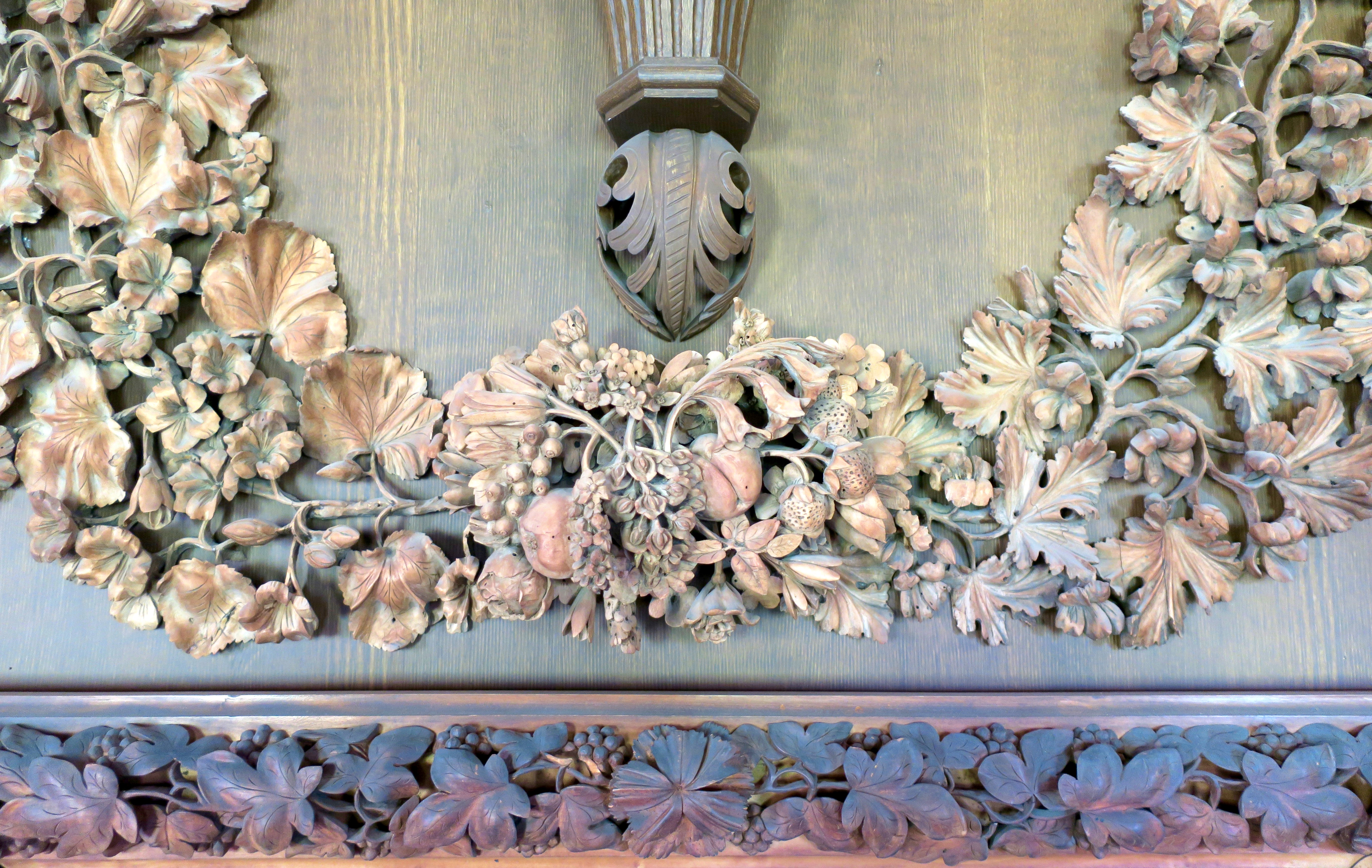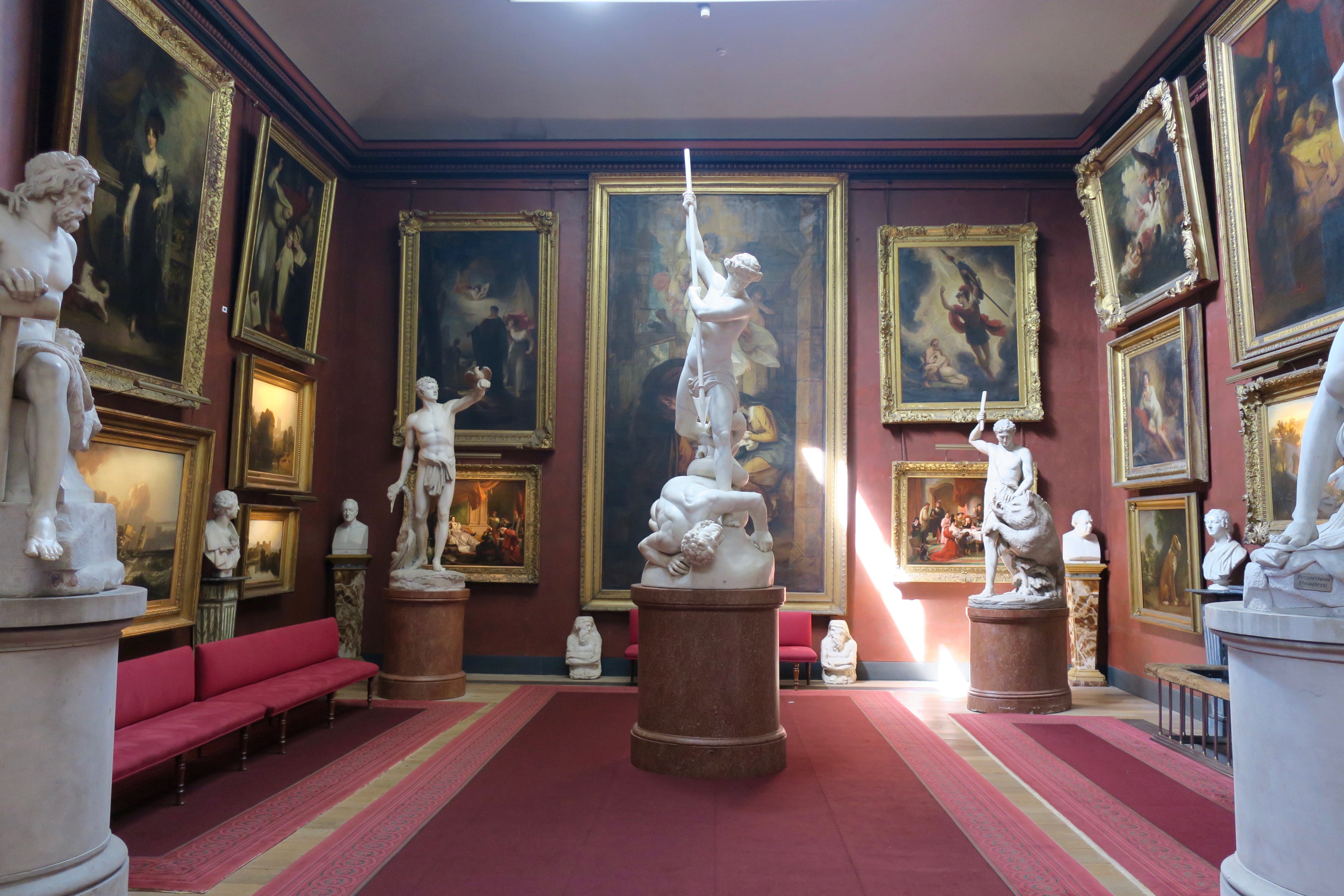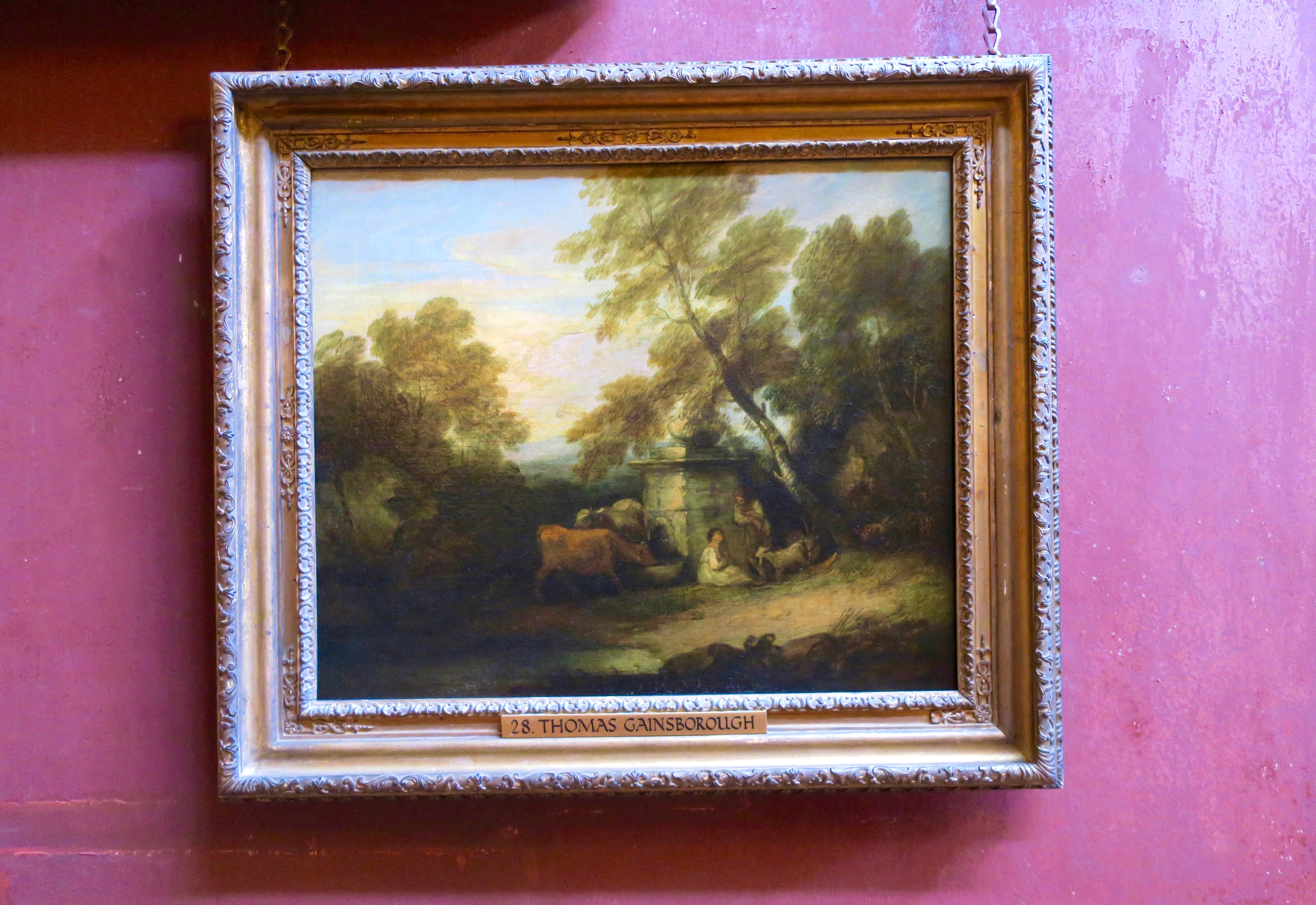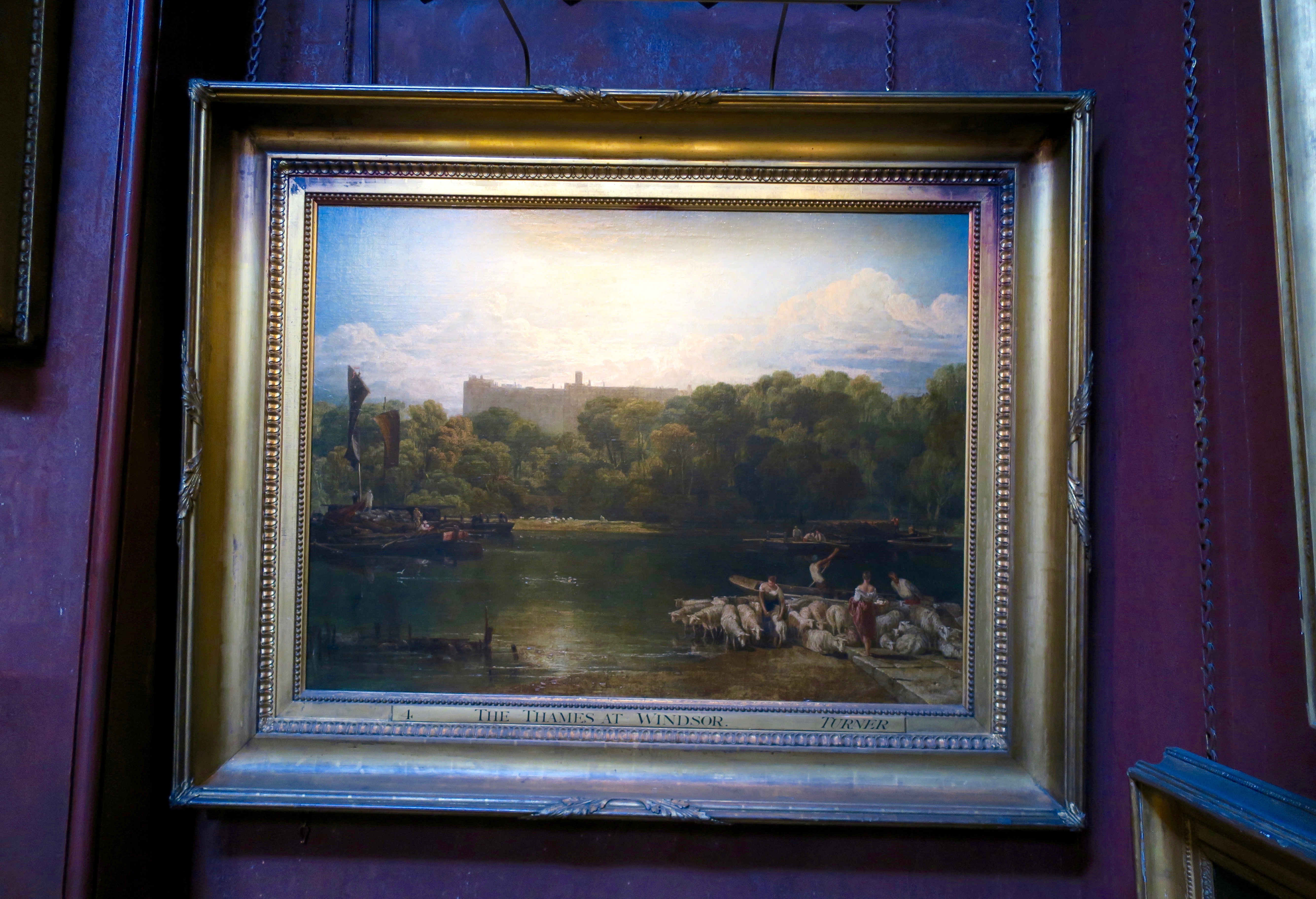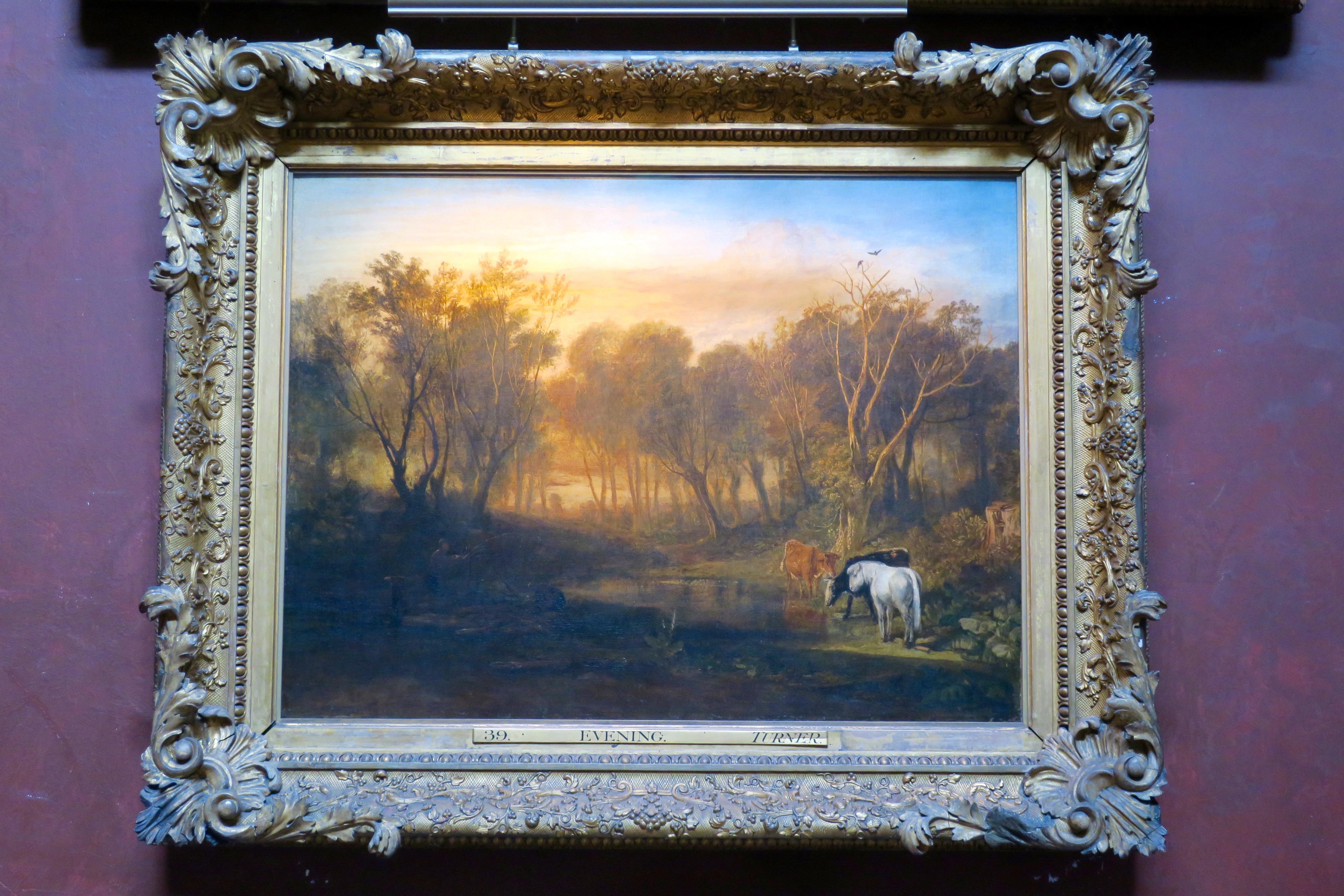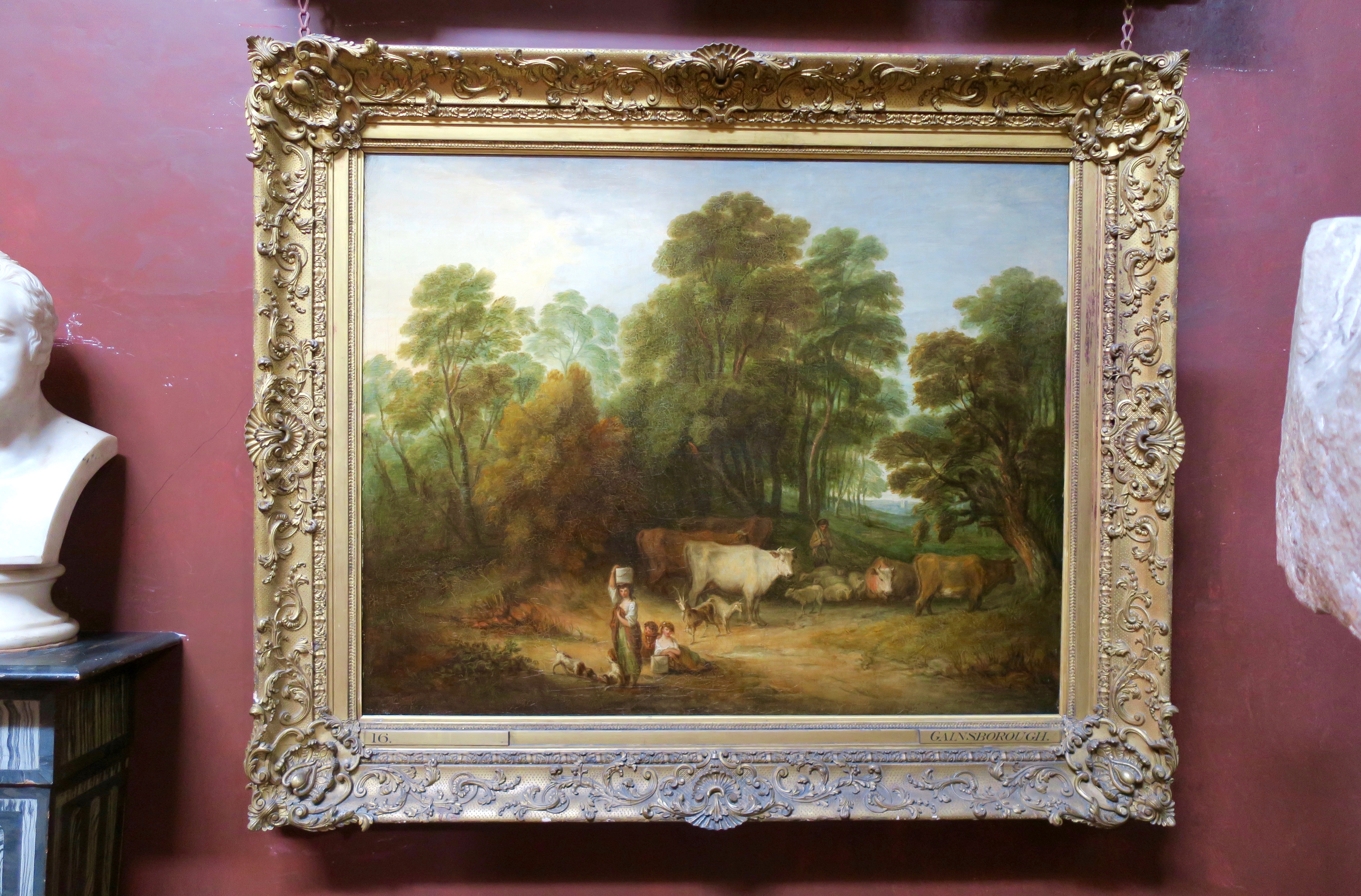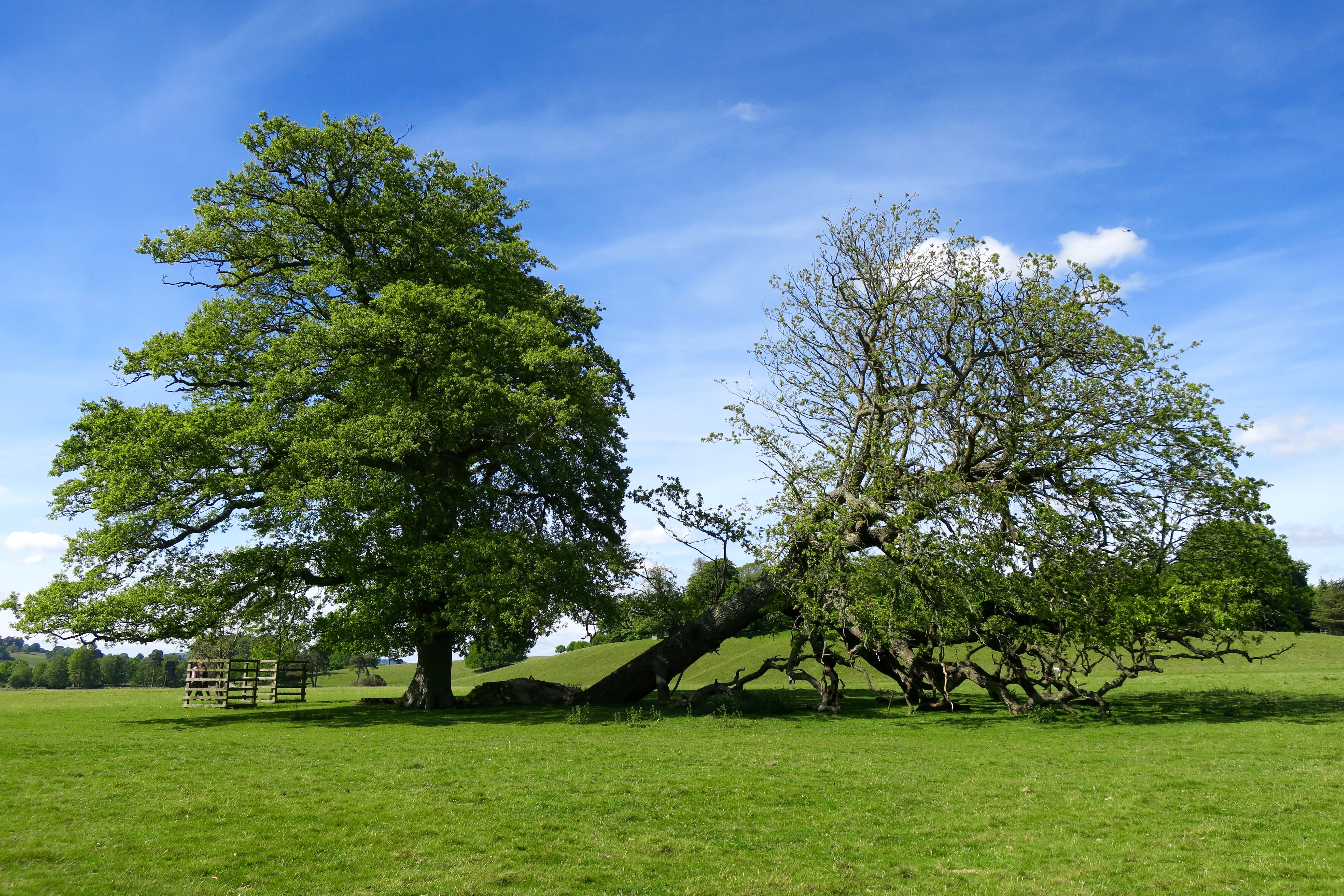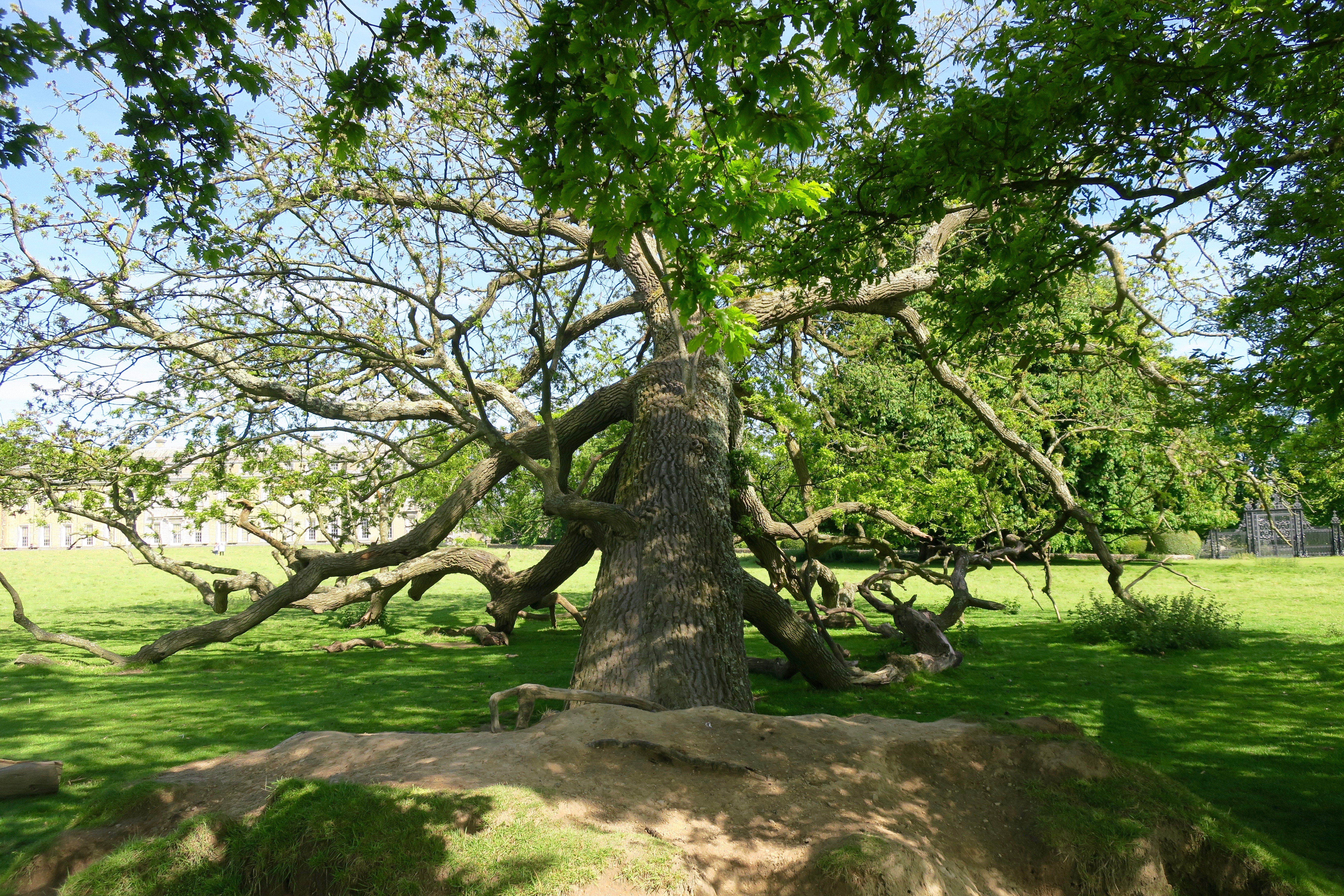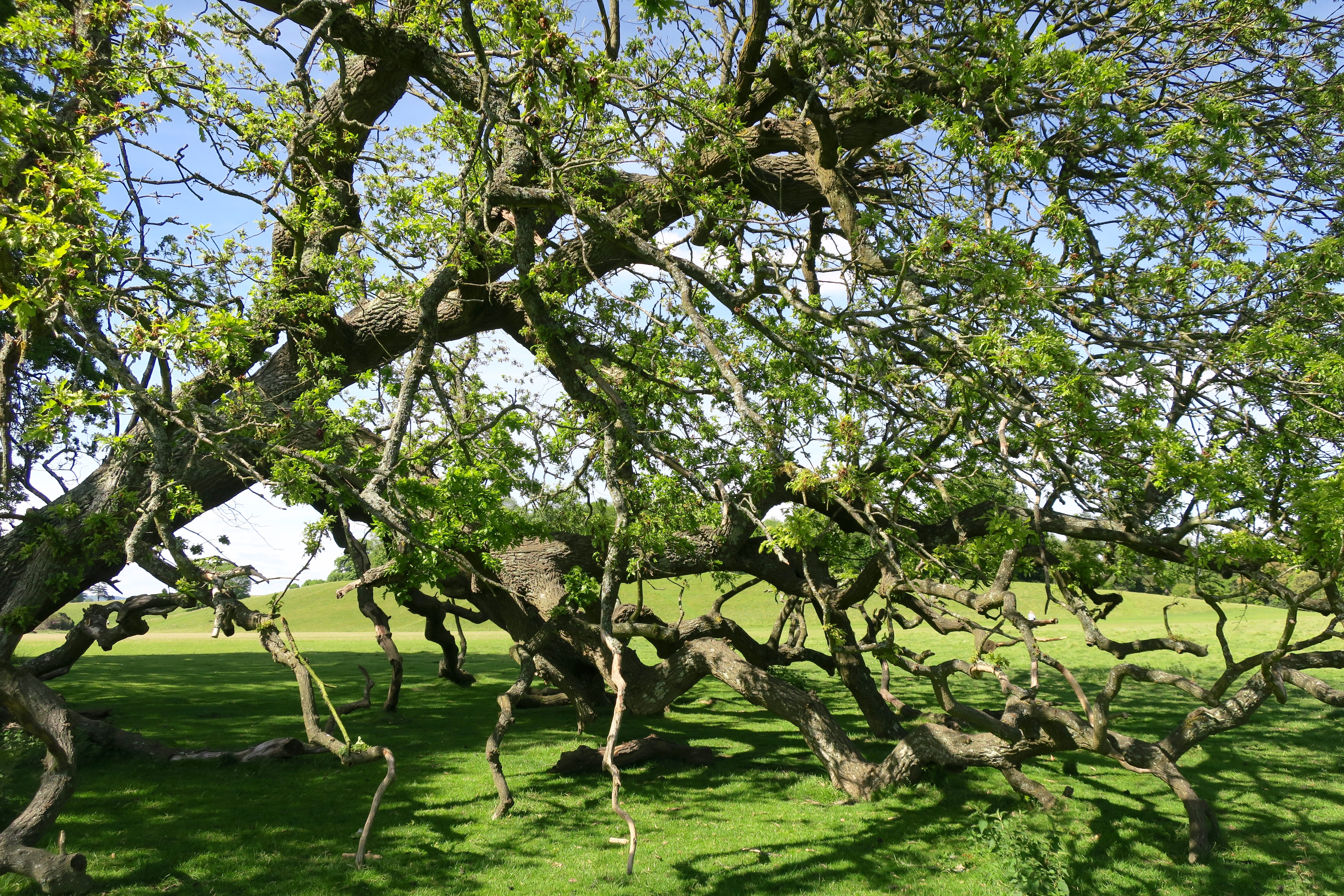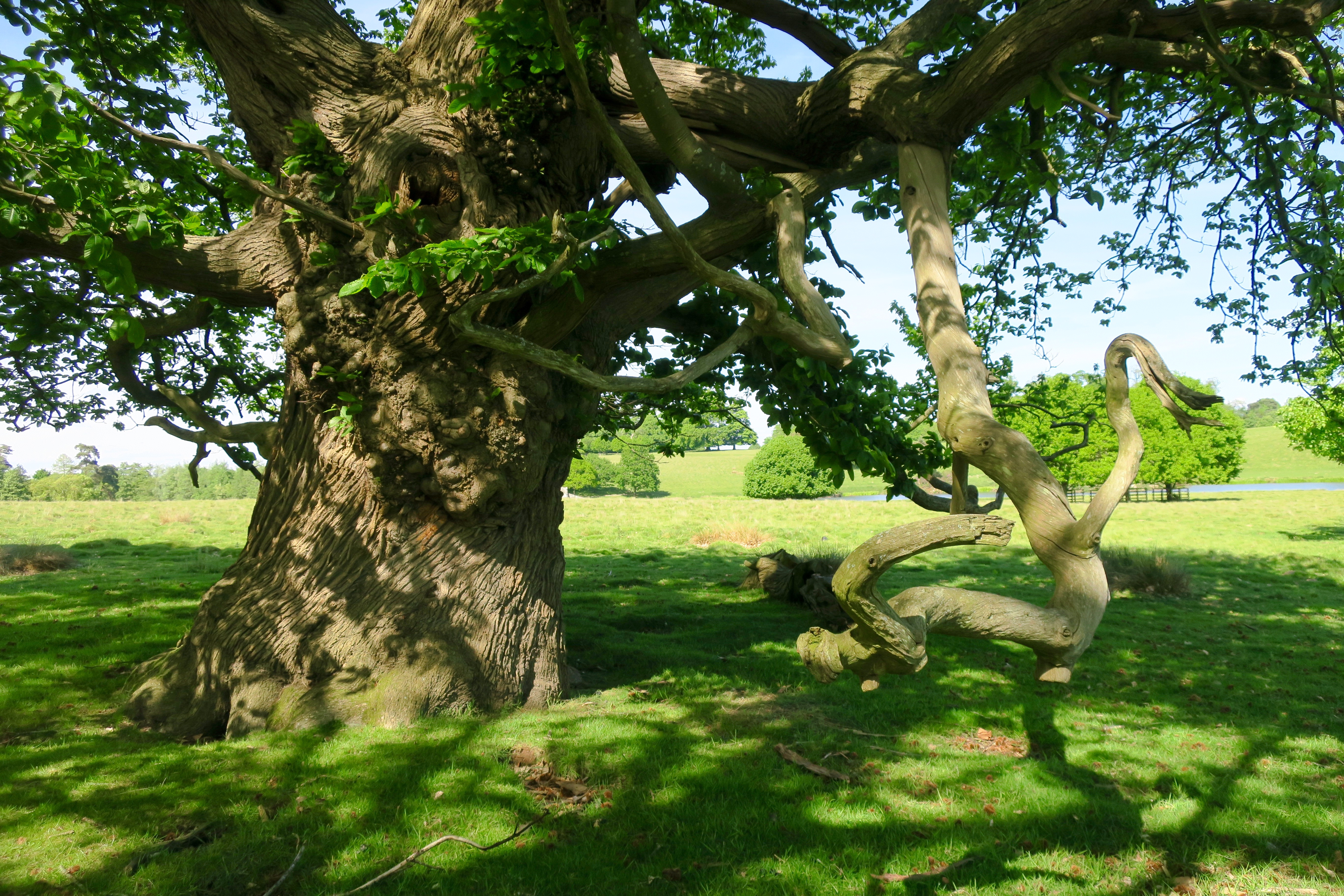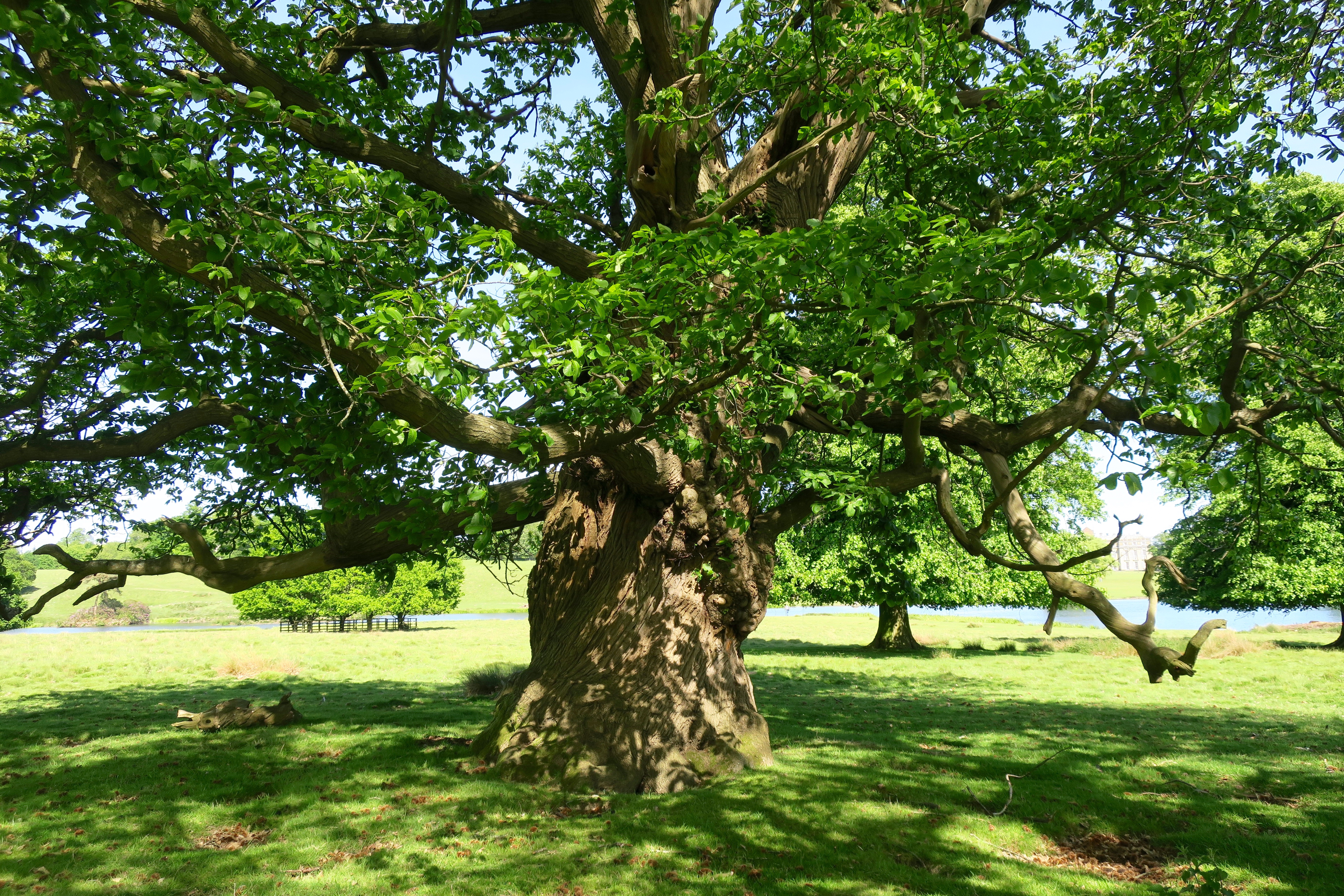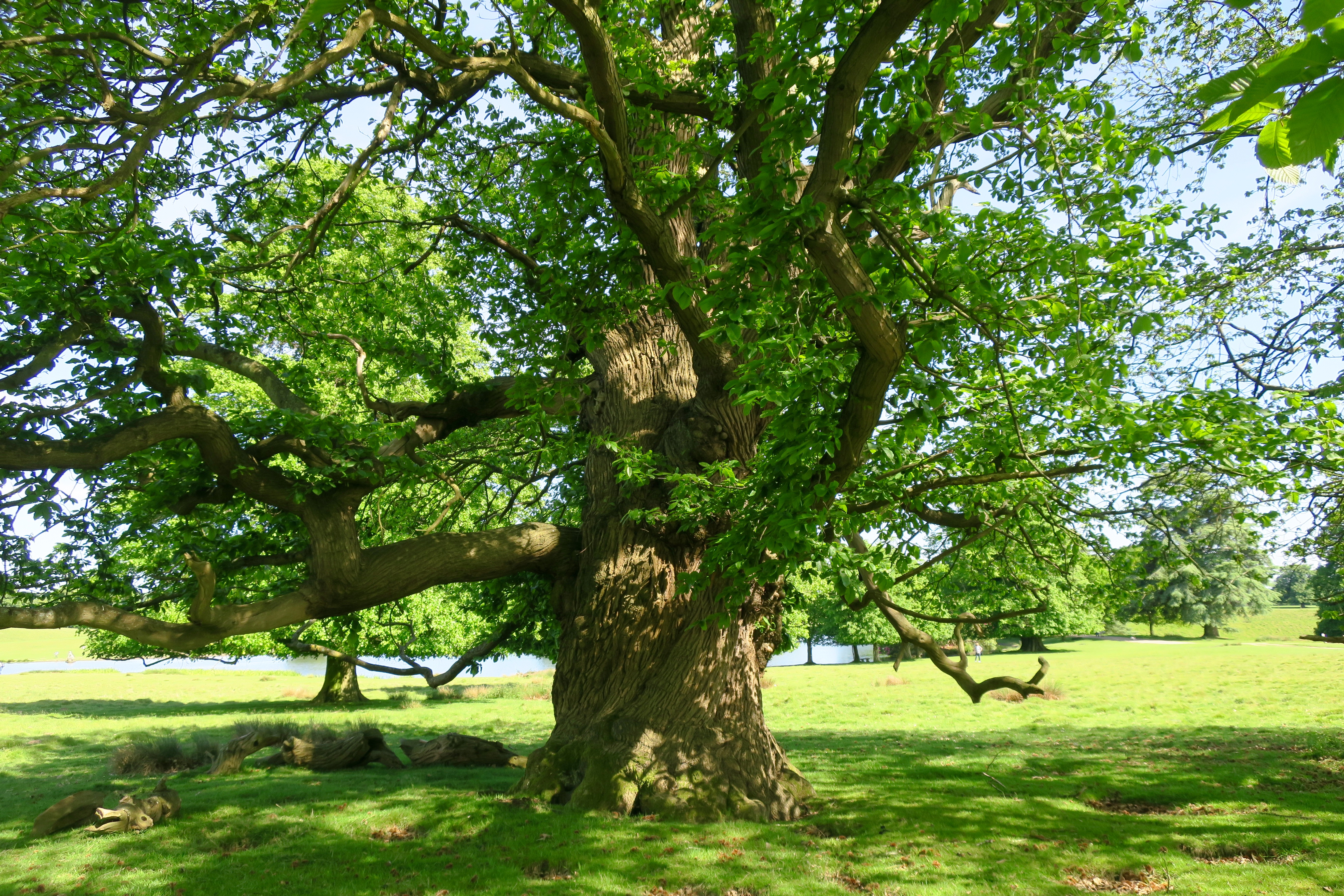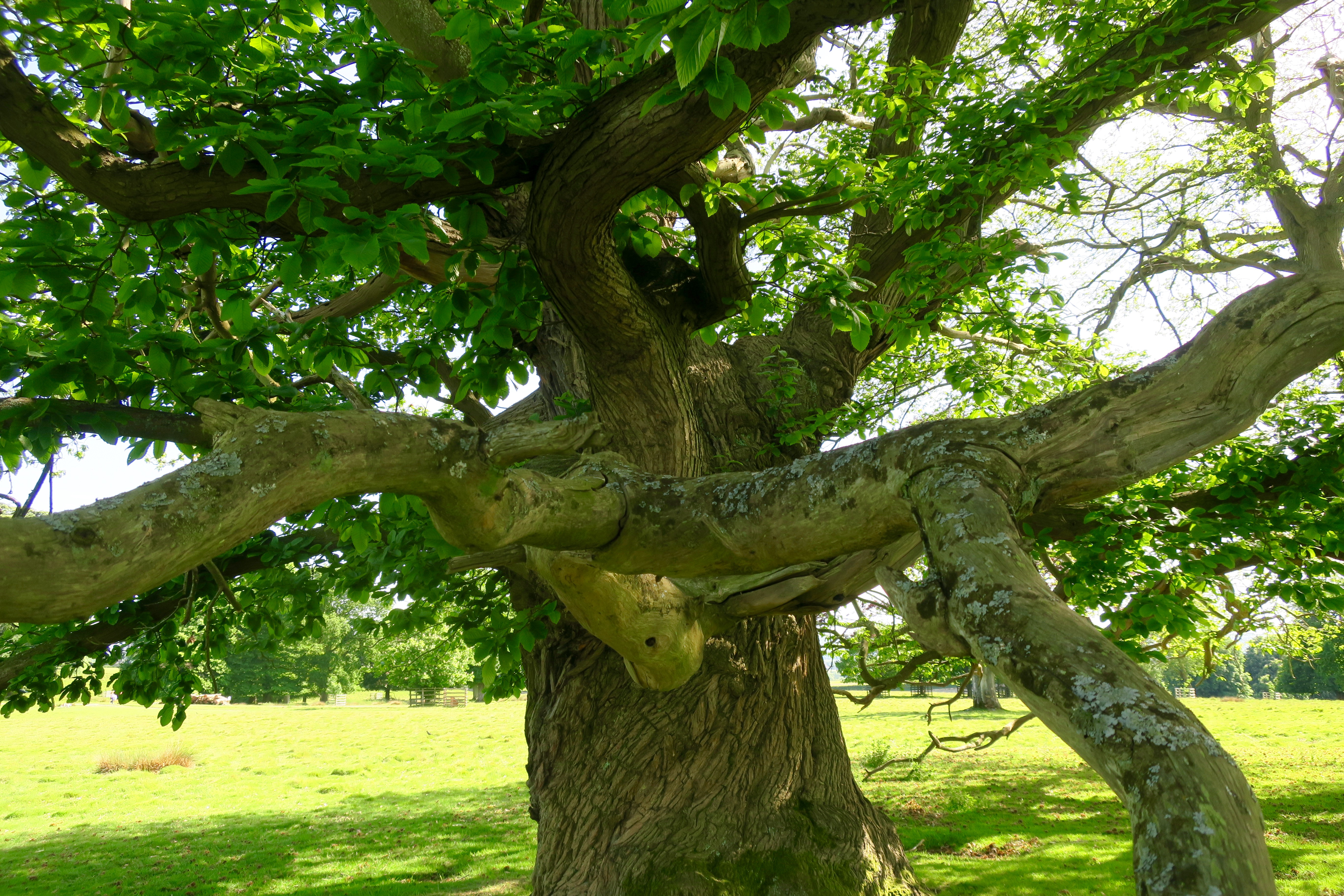We started from Sheepwash Lane, beside the cricket pitch in East Lavant, north of Chichester and followed the path by Manor Farm to where it borders the River Lavant. This was over a month ago, still officially spring but the sun shone like summer and cow parsley showed us the way.
The banks of umbelliferous flowers seemed to echo the sky’s umbelliferous clouds.
The lane wrapped us in its green embrace: we were wrapped and rapt and enraptured.
And a little confused. The smaller sign on the left warned of Guard Alpacas in Field.
All we found were sheep. And a runner on the hill chasing his own personal mountain.
At the horizon he disappeared in a close encounter with a spaceship disguised as a cloud.
He was enwrapped in a cloud of unknowing.
This is the spot where he was last seen.
Panorama west
The fleet of spaceships continued to follow us up the hill.
At the Seven Points fingerpost we followed the sign for Trundle.
The Trundle (Old English: Tryndel, meaning “circle”) is an Iron Age hill fort on Saint Roche’s Hill about 3 miles (5 km) north of Chichester, Sussex, England. The Trundle is one of just four hill forts built in Sussex. The fort was built around a Neolithic causewayed enclosure, of which very little can be seen on the ground.
The Trundle is an iron-age hillfort built on St Roche’s Hill in West Sussex. The name ‘Trundle’ is Old English for ‘circle’, but the ramparts are actually built in a series of 9 straight sections. There are two opposing entrances to the ENE and WSW. There is little evidence for any activity in the intervening bronze-age, but there are two linear earthworks to the north-west, outside the main ramparts, and the remains of a possible round barrow within the ramparts, which may have been built during this period. The hill is now dominated by two unsightly telecommunications aerials.
Panorama south
Panorama north
Some say that the Trundle is a UFO landing site.
Some say don’t be silly.
Some say it’s a great vantage point to watch the races at Goodwood.
Some say they prefer to trundle around the ancient ramparts and take in the view,
south to the Isle of Wight and west as far as the Isle of Purbeck.
We circled the Trundle as if on a carousel, paths joining and paths leaving with centrifugal force.
We saw spectacular views as far as the eye could see from all points of the compass.
Then later I saw an aerial view – this screen shot is from a truly wonderful website
Atlas of Hillforts of Britain and Ireland.
E.J.F. Green D.L. 1935-1987
This cairn is to record the life of John Green and his love of the Sussex countryside
On reaching the western gap in the rampart drop down onto a broad flint path where there is a wooden bench. Pass through a kissing gate beside the wooden gate and walk downhill heading west. Go through a second kissing gate to Seven Paths car park and at the tarmac road ahead go straight over following the bridleway sign towards West Dean. Walk past the Old Rubbing House (where horses were rubbed down after their long climb) and at the bridleway junction ahead keep left staying level.
Below the Trundle in 1915, D H Lawrence and Eleanor Farjeon, having found their way, continued on to Chichester. They “saw the loop of the race-course in the hills” but it was getting late and in Goodwood Park they “began to drag (their) limbs. ‘Please do not walk on the edges of the grass’ said small notices.” (Eleanor Farjeon) was “grateful to the peer who did not warn the footsore off his grass altogether.” She arrived in Chichester with a bad blister on her heel. Next day ‘tramping’ was out of the question. She could not put her foot to the ground in her heavy walking boot and left Chichester by train wearing a pair of ‘sneakers’ two sizes too big that she had been forced to buy.
We arrived back at the field of the Guard Alpacas, scene of the earlier alien abduction. Now all seemed calm and sheep gently grazed the hillside. Until all of a sudden, out of nowhere, a one-track cyclist rode his reckless mountain bike down the hill behind us and split us in two. I swear he was the same disappeared runner returned, rushing headlong into tomorrow on his chariot of the gods.
Looking back to yesterday, west across the Lavant Valley towards Kingley Vale.
We returned by the largest field maple I’ve ever seen.
Through a heart-shaped hole in the hedgerow.
Back down the road to East Lavant.
The Royal Oak on Pook Lane is a good place for Sunday lunch.
※
On the way home we stopped off at Petworth House, a stately mansion set in an enormous park surrounded by a seemingly endless wall with a small market town attached. The sign says Petworth is twinned with San Quirico d’Orcia. We came into the park along the rhyming path, under the Rotunda.
Where new sweet people explored beneath ancient sweet chestnuts.
Here we go round the Hornbeam Tree.
Inside the house, almost the first thing we see is this painting by Hieronymus Bosch.
The Adoration of the Magi is adorable. In a house of treasures this is the star attraction.
Also known as The Wise Men’s Offering.
We came through the Carved Room with delicately worked limewood foliage by Grinling Gibbons.
The North Gallery with marble statues of naked people striking poses amidst gilt framed paintings of classical antiquity. A chaotic meeting place of repellant posturing and occasional glimpses of eternity.
The Hermitage: Richard Wilson
Cattle at a Fountain: Thomas Gainsborough
The Thames at Windsor: J M W Turner
Evening: J M W Turner
Landscape, Children and Cattle: Thomas Gainsborough
Outside in the park, a trio of oaks grown close together as one tripartite tree.
But now one part reclines, resting on its elbows so that we might more easily climb the trunk and explore its branches, just as they reach out in undulating ripples like waves breaking over the ground.
Another tree trio, a trinity of sweet chestnuts, but the one on the right seems to be the daddy.
Its gnarly, twisted trunk is twice the size of one and three times the size of the other.
Its arms reach out and draw me in.
A wooden atlas and a constellation of leaves.
A delta of tributaries from ground to sky.
A ladder betwixt heaven and earth.
The Last Judgement: William Blake



